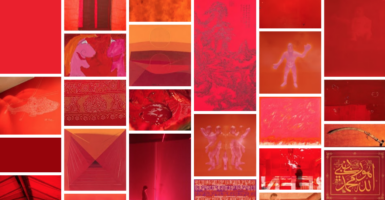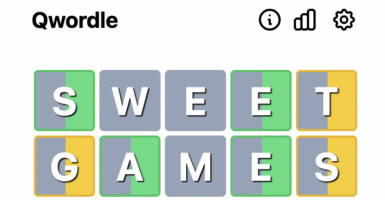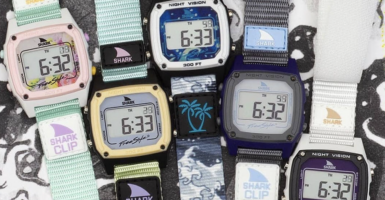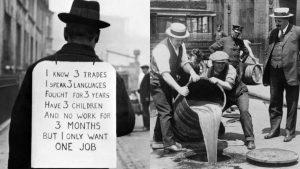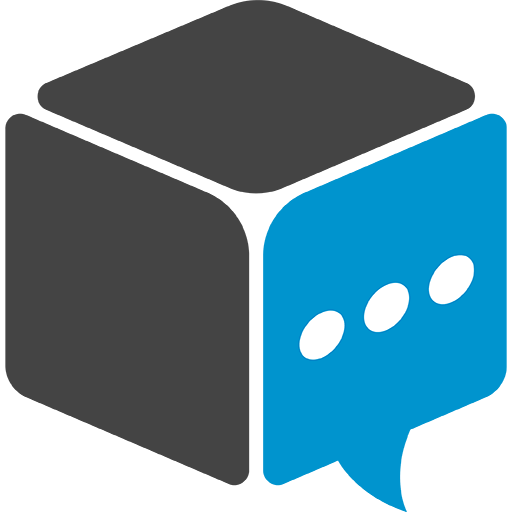QUIZ: How Much Do You Know About The Soviet Union?
For 69 years, the Soviet Union ruled much of Eastern Europe. Over 15 republics made up this massive communist country. The Soviet Union influenced many events of the twentieth century from World War II through the Cold War.
How much do you know about the Soviet Union? Do you know about glasnost, the USSR’s capital, or how the Cuban Missile Crisis began? Test your knowledge of one of the largest countries in the world with this Soviet Union quiz.
Who was the first Soviet leader?
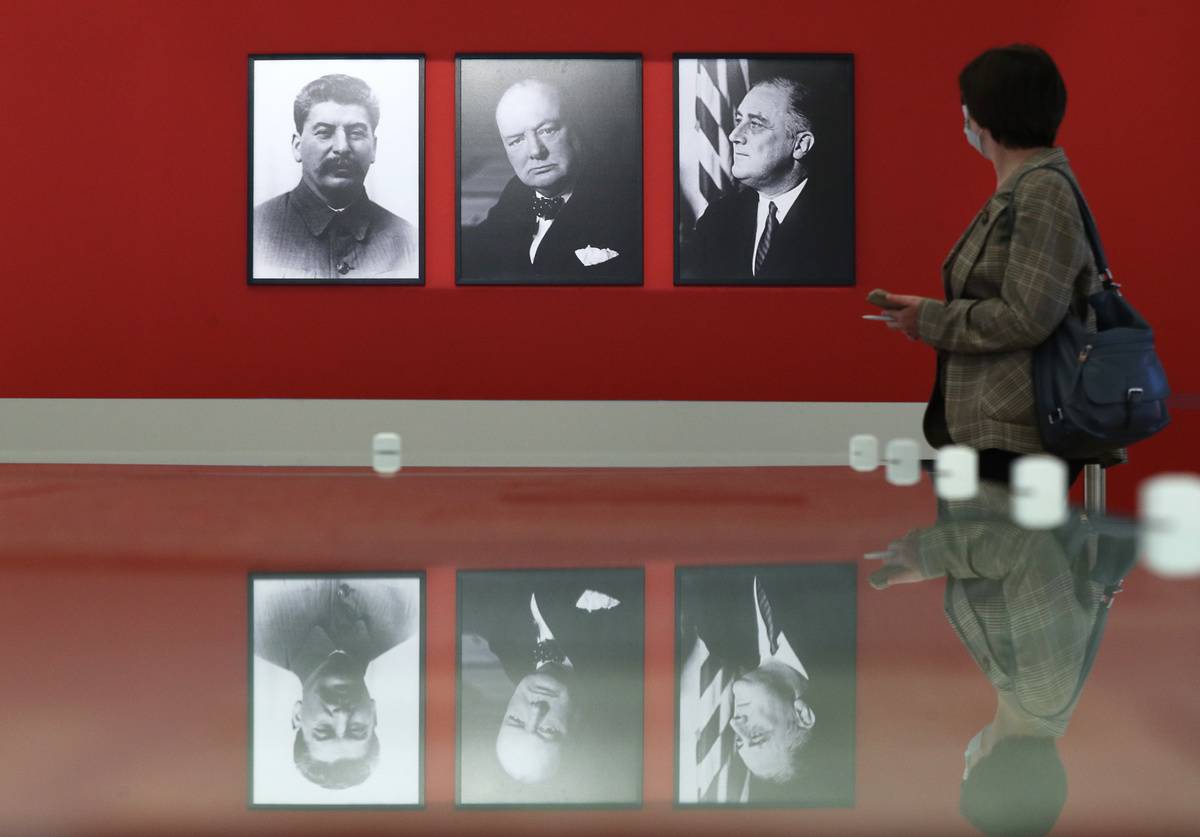
A. Vladimir Lenin
B. Joseph Stalin
C. Leonid Brezhnev
D. Mikhail Gorbachev
Answer: Vladimir Lenin
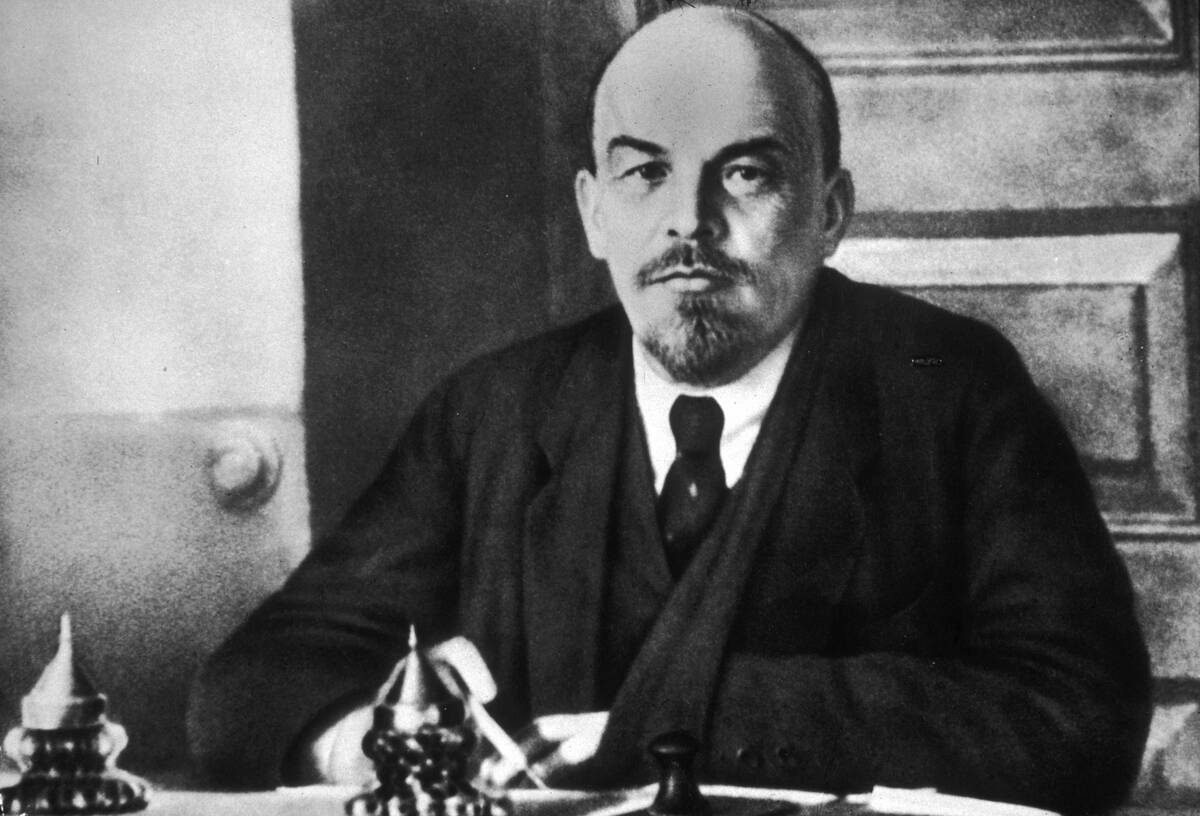
Vladimir Lenin was the first communist leader of the USSR. When Czar Nicholas II was forced to abdicate the throne, a temporary Duma government took his place. Vladimir led the Bolshevik Party and took over the temporary government.
When did the USSR officially form?
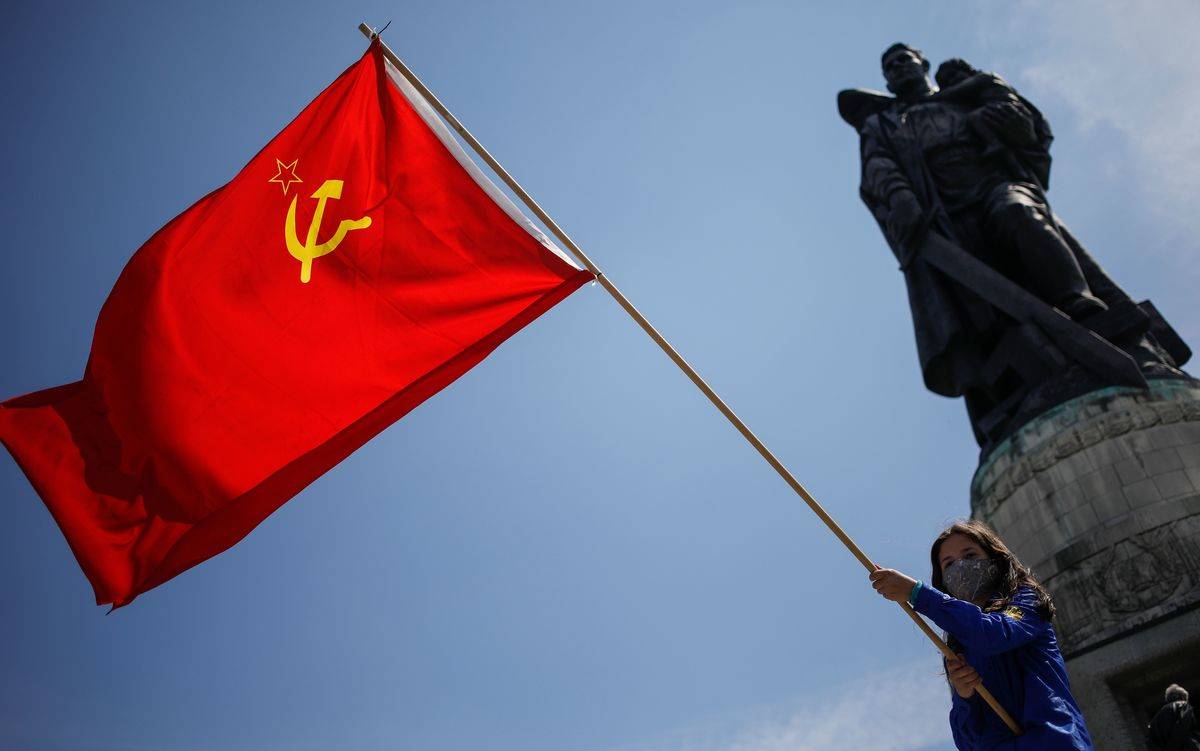
A. 1917
B. 1920
C. 1922
D. 1930
Answer: 1922
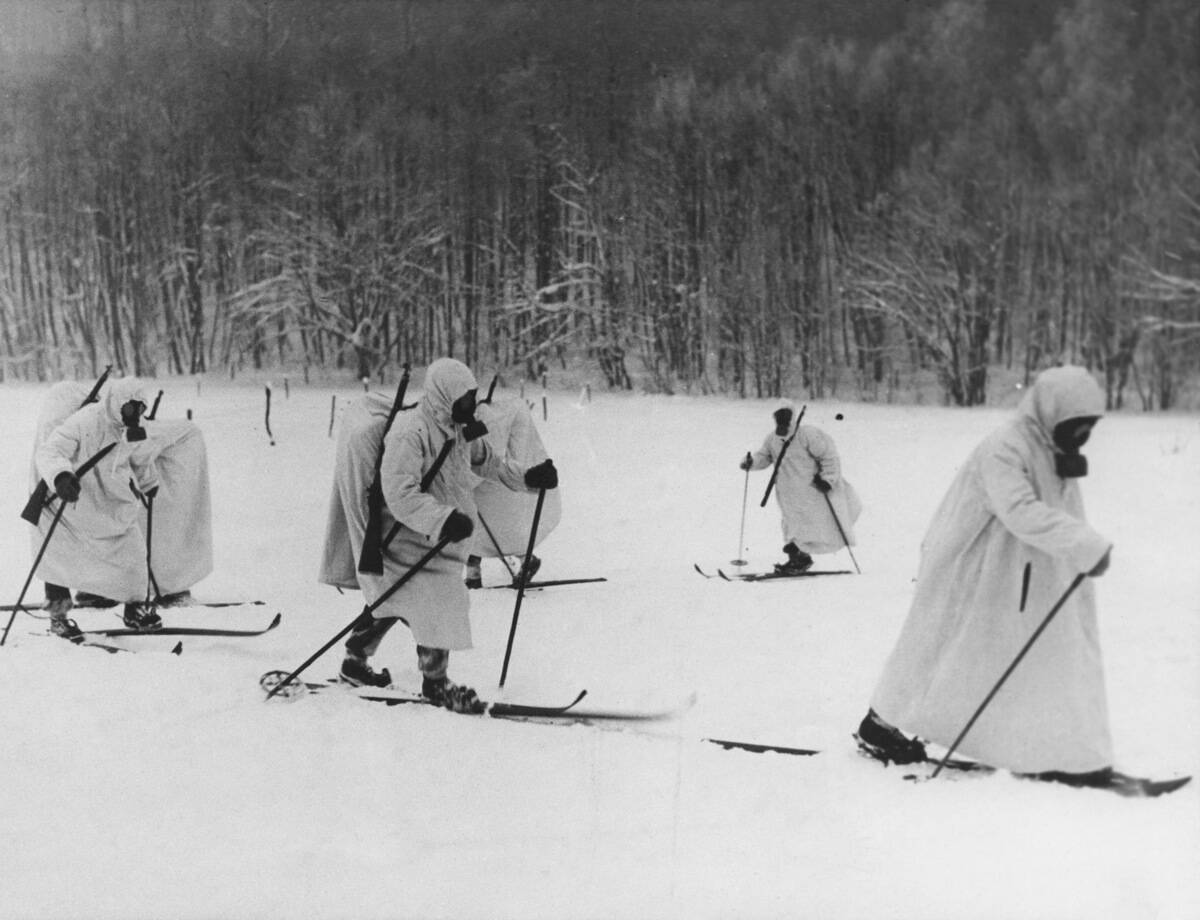
In 1922, Soviet Russia signed a treaty with the Ukraine, Transcaucasia, and Belarus. This officially formed the Union of Soviet Socialist Republics (USSR). At its height, the USSR would have 15 socialist countries.
In 1957, the Soviets launched the world’s first satellite. What was it called?

A. Vanguard 1
B. Sputnik 1
C. Explorer 1
D. Kosmos 1
Answer: Sputnik 1
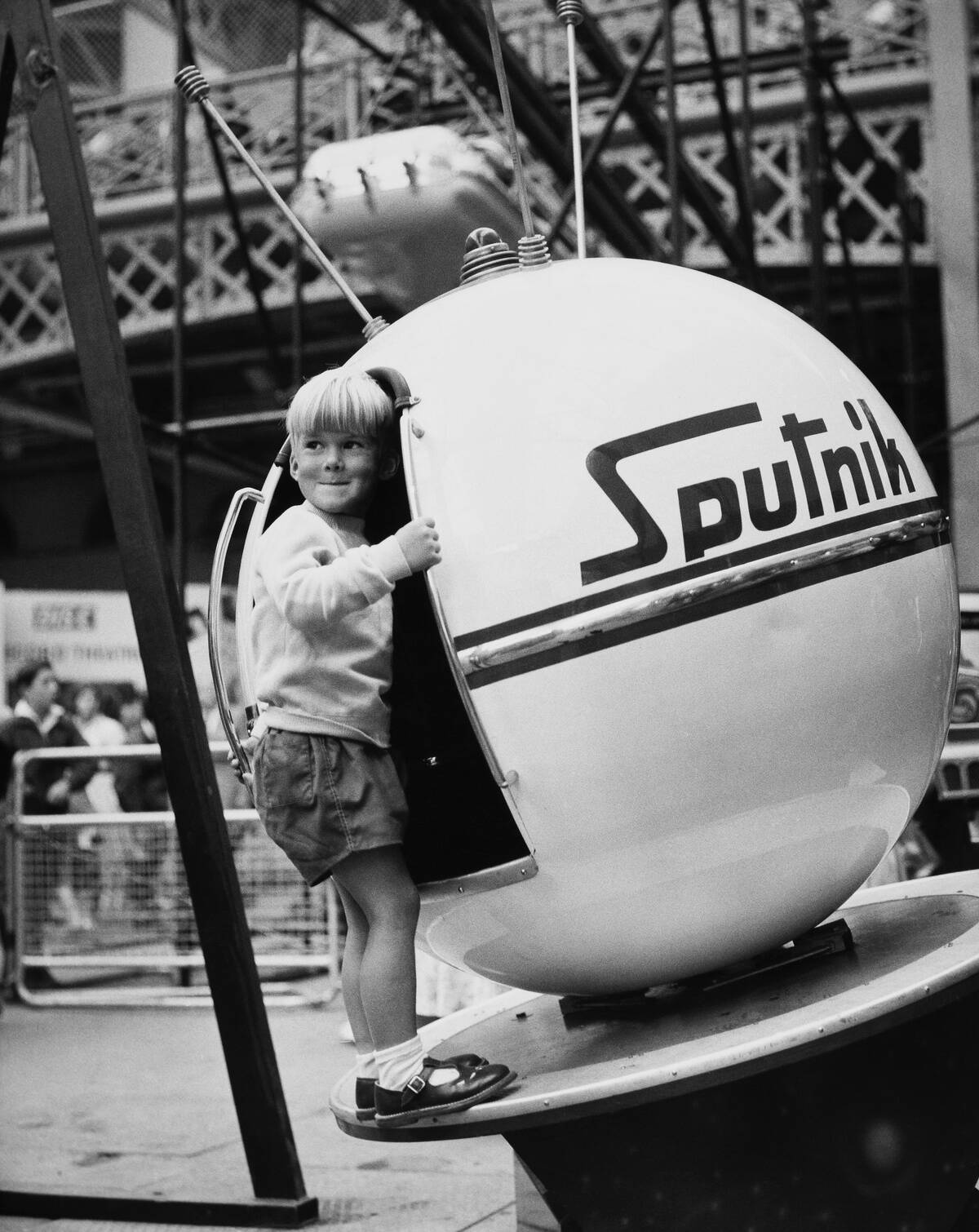
Sputnik 1 was the first-ever artificial satellite. Soviet physicists began working on it in 1954, code-naming it “Object D.” Although it’s famous now, few people outside of the USSR noticed Sputnik’s launch.
What was the purpose of the first Five-Year Plan?
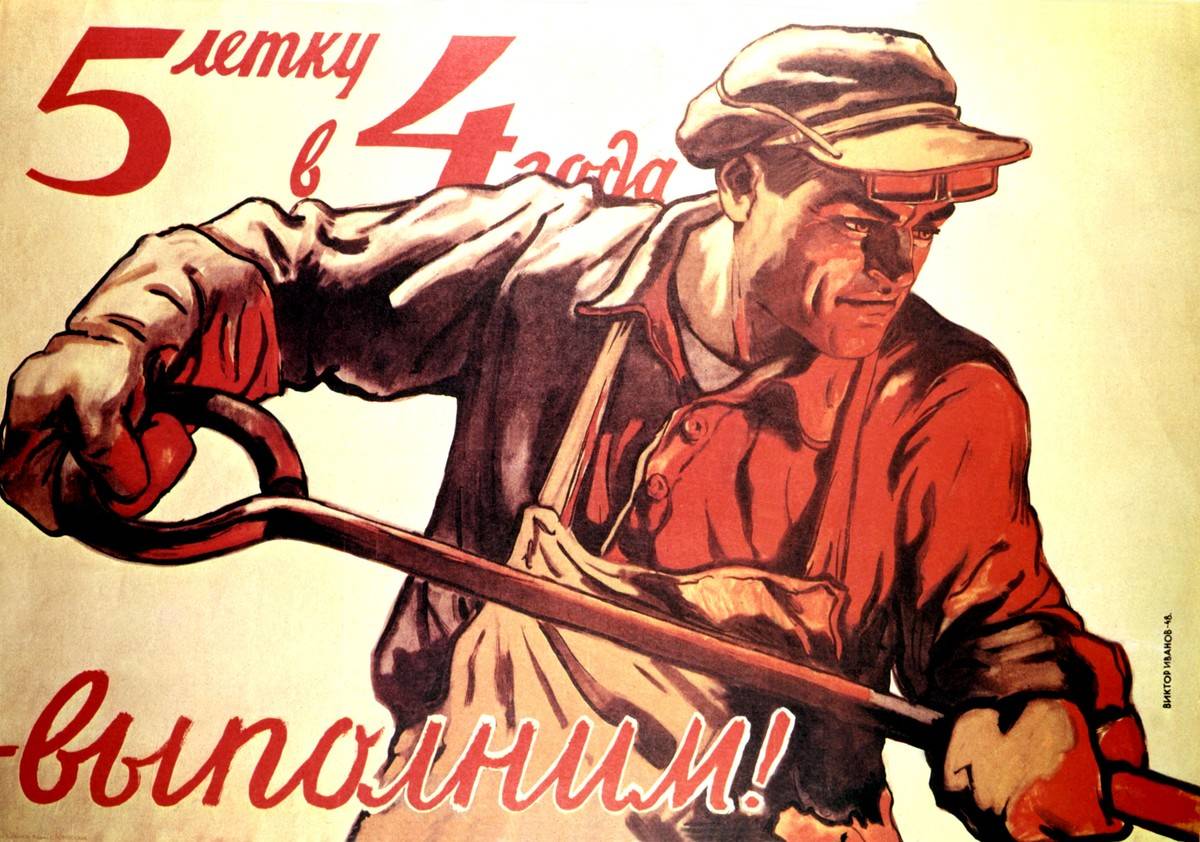
A. To change Russia’s economy from agricultural to industrial
B. To remove all traces of capitalism
C. To convert all American films to Russia films
D. To reduce militarization
Answer: To change Russia’s economy from agricultural to industrial
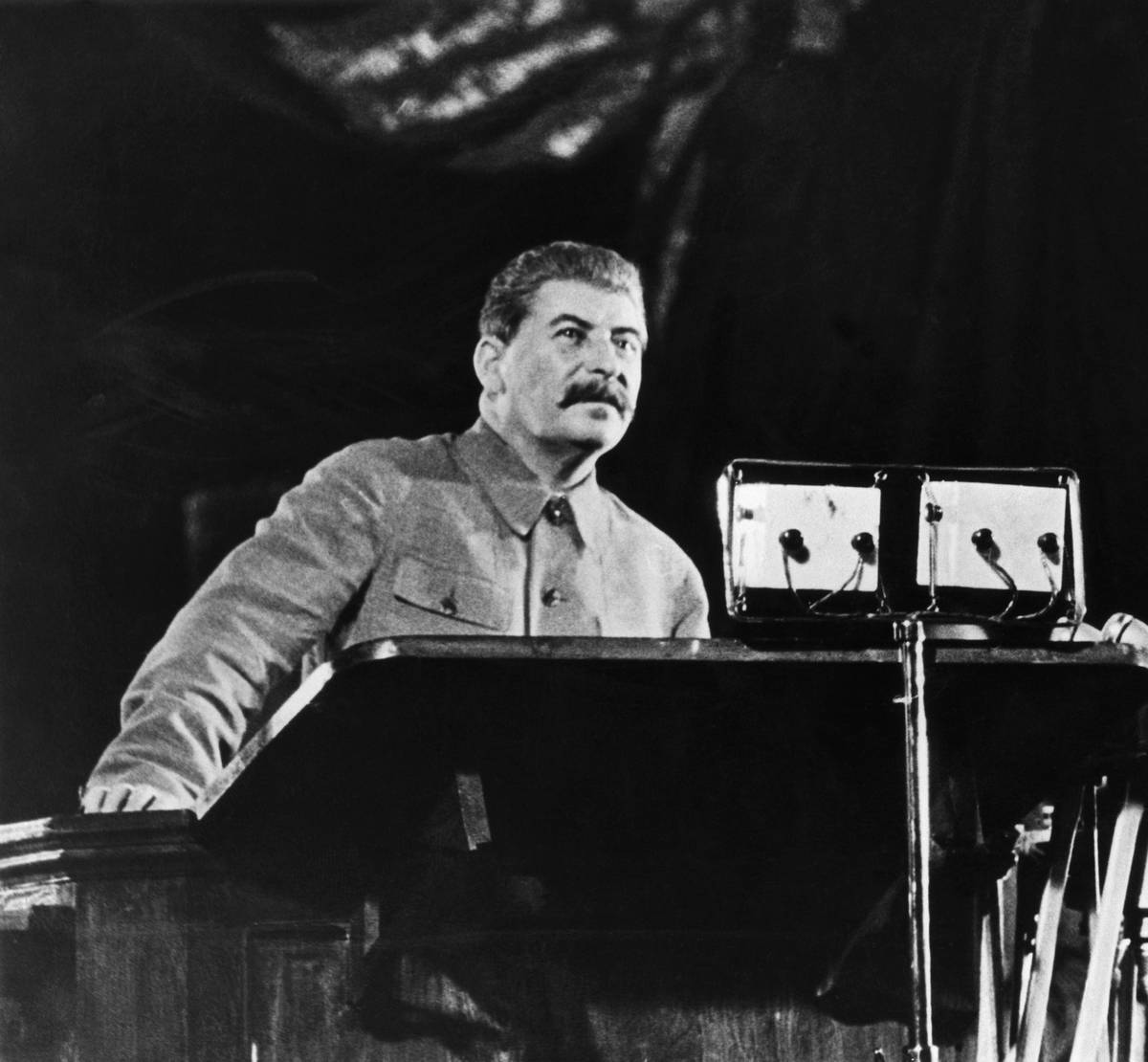
In 1928, Joseph Stalin implemented the first Five-Year Plan to change Russia from an agricultural economy to an industrial one. The plan only spanned four years, which did not offer enough time for the economic changes.
For years, the Soviet government denied what happened between 1932 and 1933. What was it?
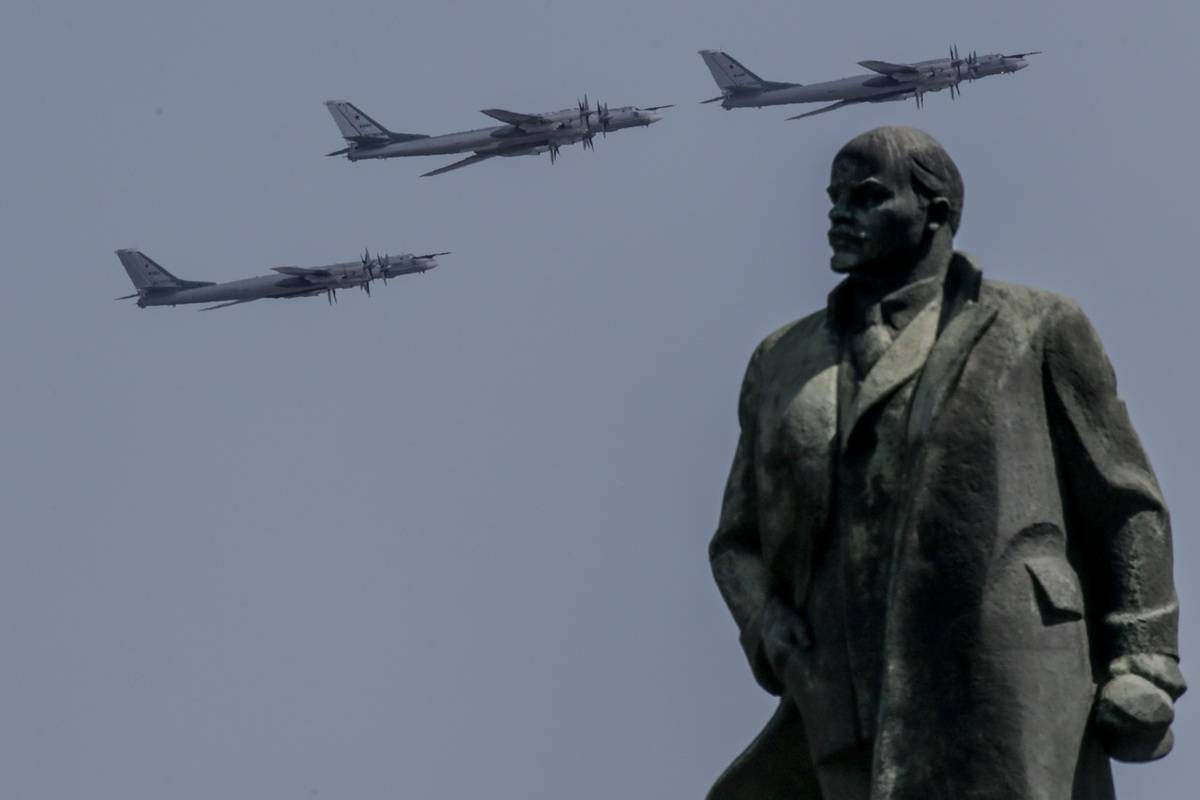
A. Stalinization
B. The Great Purge
C. The Great Famine
D. The Red Terror
Answer: The Great Famine
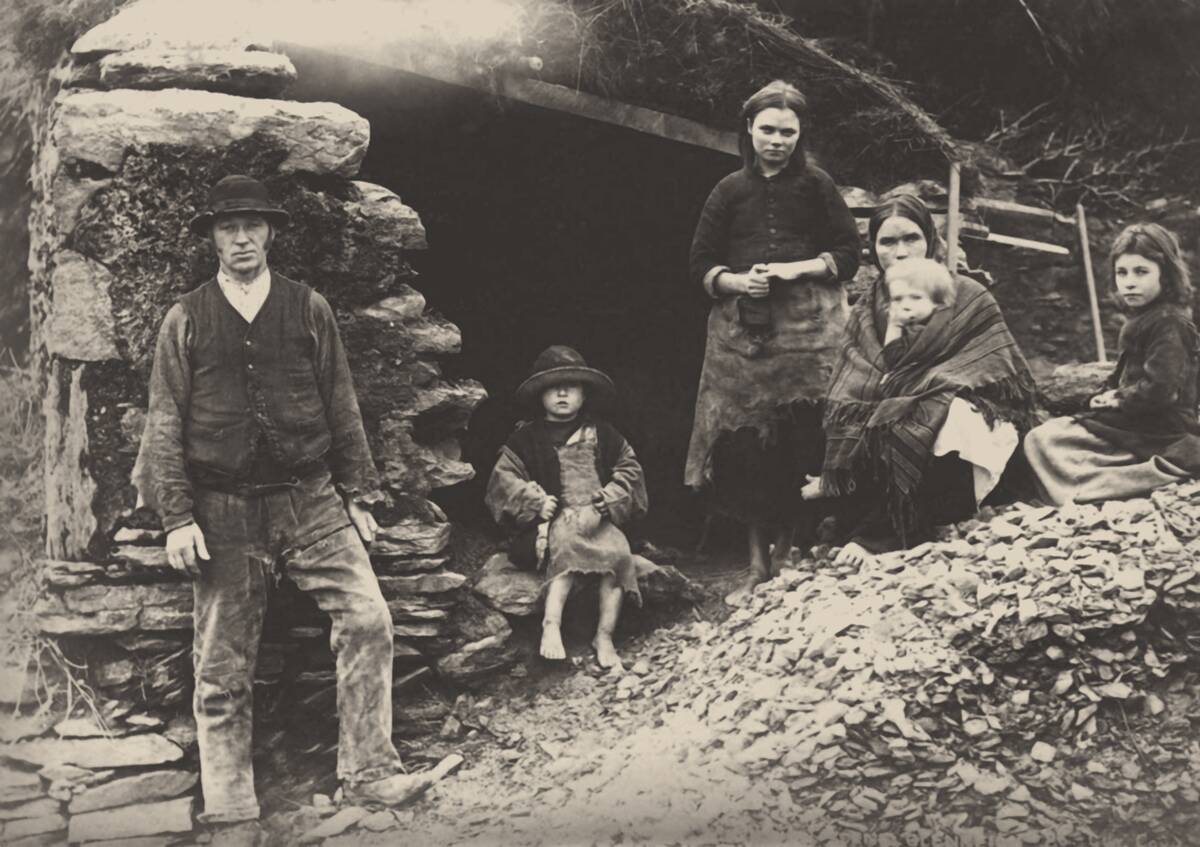
In 1932, a large famine swept through the USSR. Because of the lack of record-keeping, nobody knows how many people died. Experts estimate around ten million. The Soviet government kept it a secret for years until Western journalists reported it.
How did the Cuban Missile Crisis start?
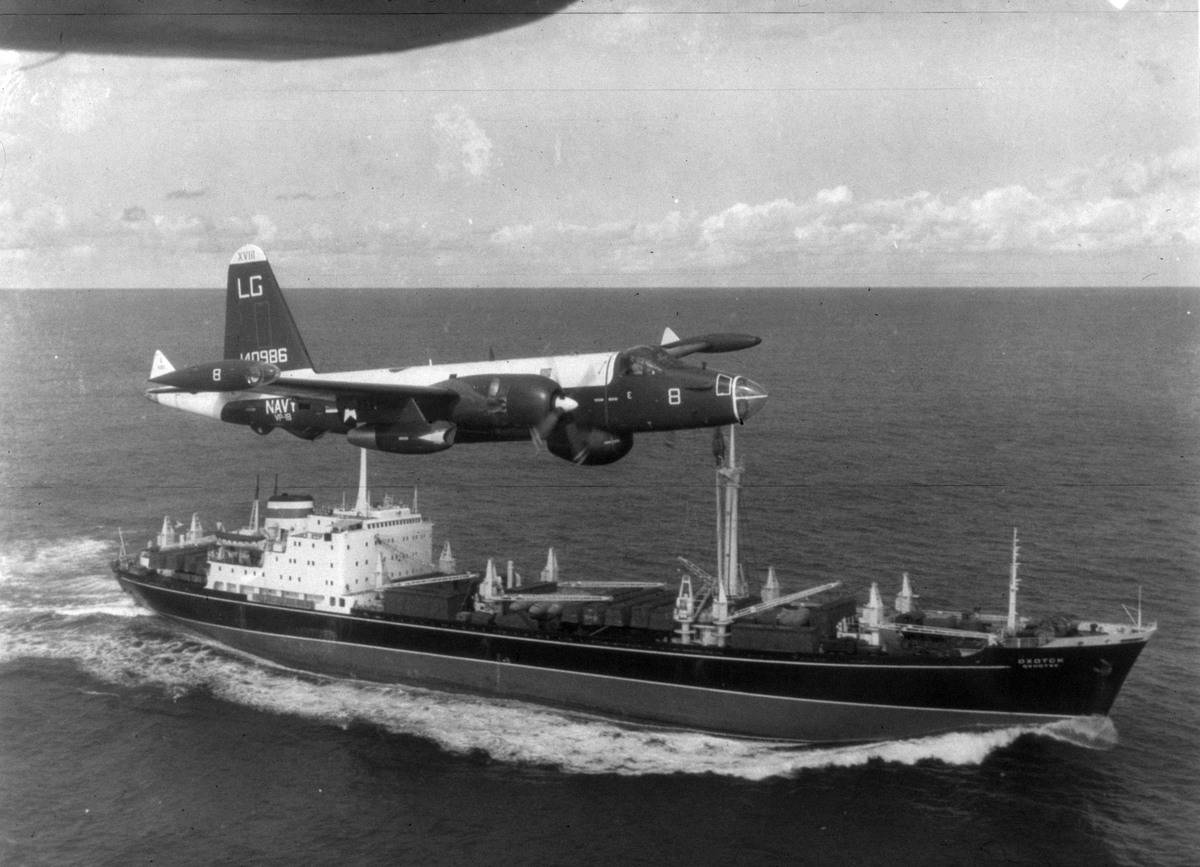
A. Cuba allied with America during the Cold War
B. The Soviet Union tried to steal American missiles
C. The Soviets placed nuclear missiles on Cuba
D. American forces invaded Cuba
Answer: The Soviets placed nuclear missiles on Cuba

After discovering American missiles in Italy and Turkey, Nikita Khrushchev decided to place missiles in Cuba. The missiles were supposed to prevent future invasion, but America sent a naval blockade to Cuba. It became the Cuban Missile Crisis.
What was the Soviet Union’s capital city?

A. Prague
B. Moscow
C. Leningrad
D. St. Petersburg
Answer: Moscow
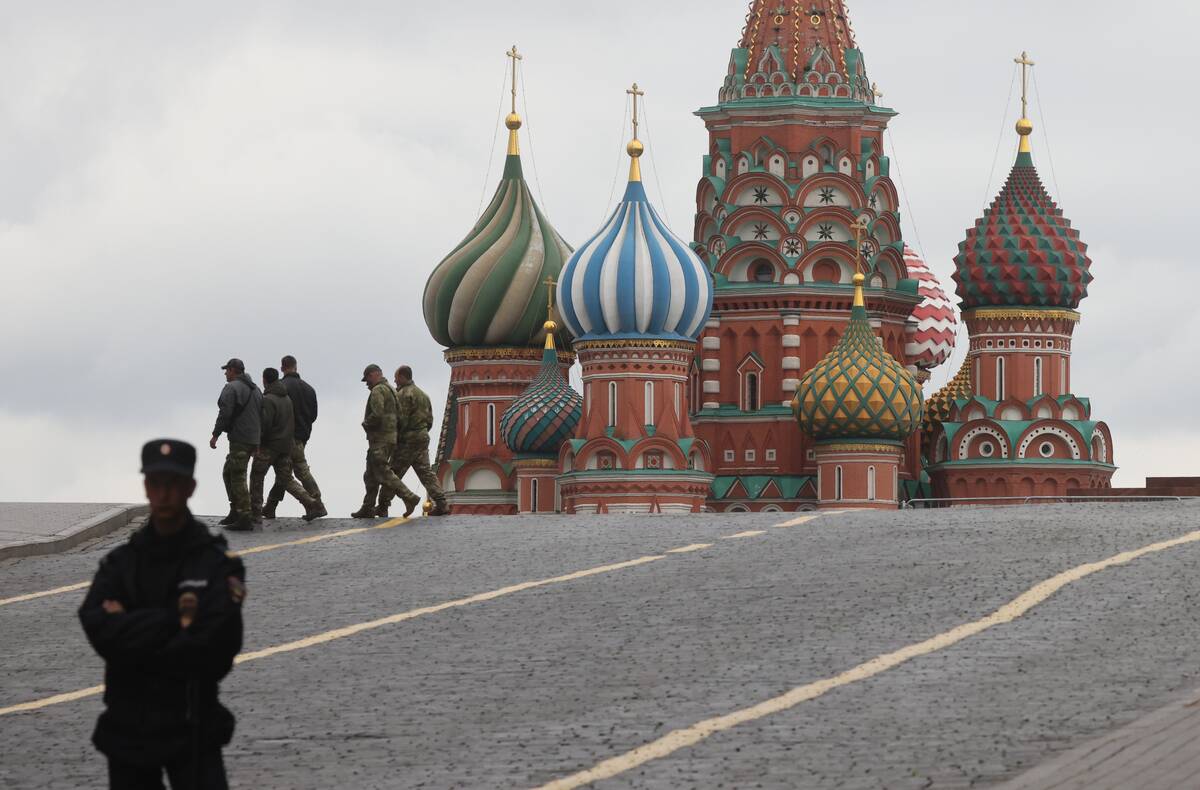
Moscow was the capital city of the USSR. It also had the highest population of any Soviet city, housing over nine million residents in 1989. Today, Moscow is the capital of Russia.
What were satellite states?
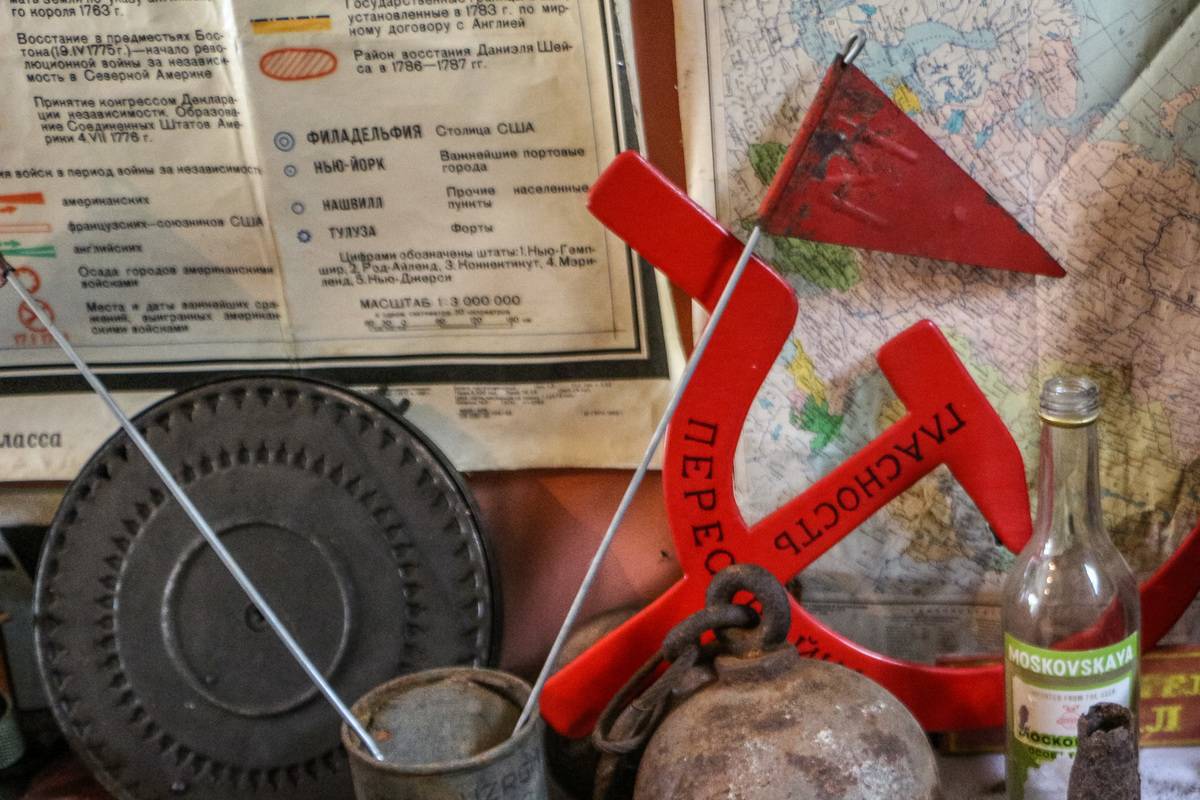
A. Nations that joined the USSR
B. Nations that were not officially part of the USSR, but under its influence
C. Nations that left the USSR
D. Nations that helped the USSR but did not join it
Answer: Nations that were not officially part of the USSR, but under its influence

A satellite state was an independent nation under heavy military, economic, and political influence from the USSR. Soviet satellite states included Poland, East Germany, Hungary, Romania, and Czechoslovakia. Each had a communist government that relied on the Soviet Union.
What did glasnost do?
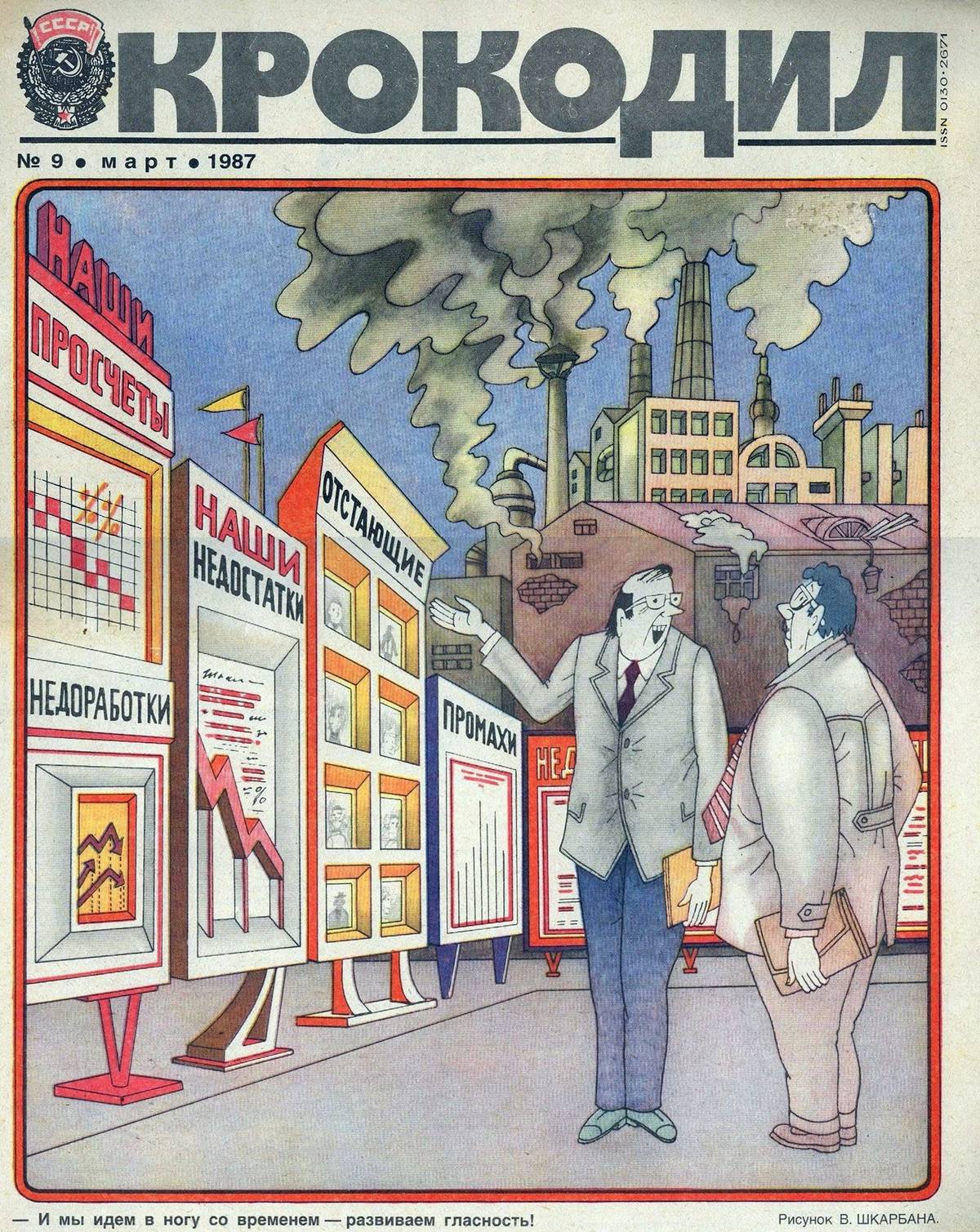
A. It restructured the entire political system
B. It encouraged the government to be more open and transparent
C. It banned protests in public spaces
D. It aimed to end the Cold War as soon as possible
Answer: It encouraged the government to be more open and transparent
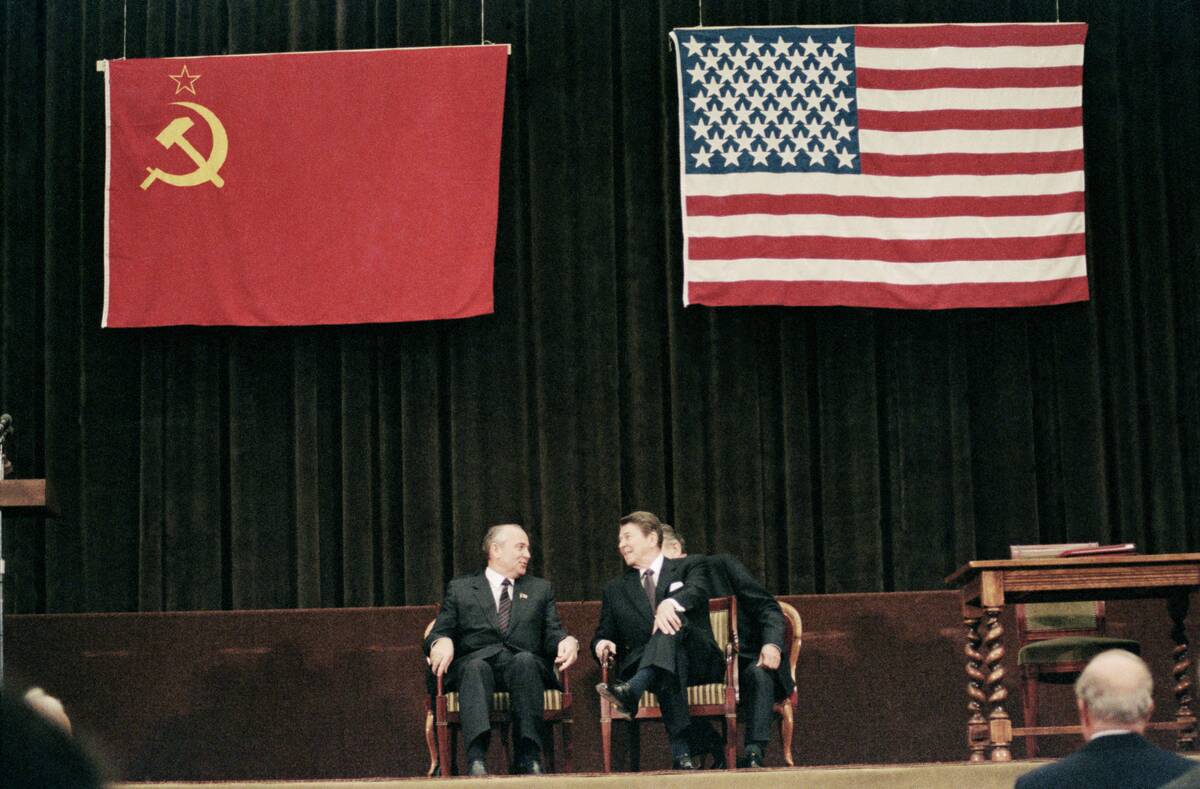
In 1986, Mikhail Gorbachev adopted glasnost as his slogan, meaning “openness and transparency.” Unlike other Soviet leaders, Gorbachev encouraged more criticism, media coverage, and public discussions about government policies and agendas.
During World War II, what was the Soviet Union’s army called?

A. The Bolsheviks
B. The Holodomor
C. The Gulags
D. The Red Army
Answer: The Red Army
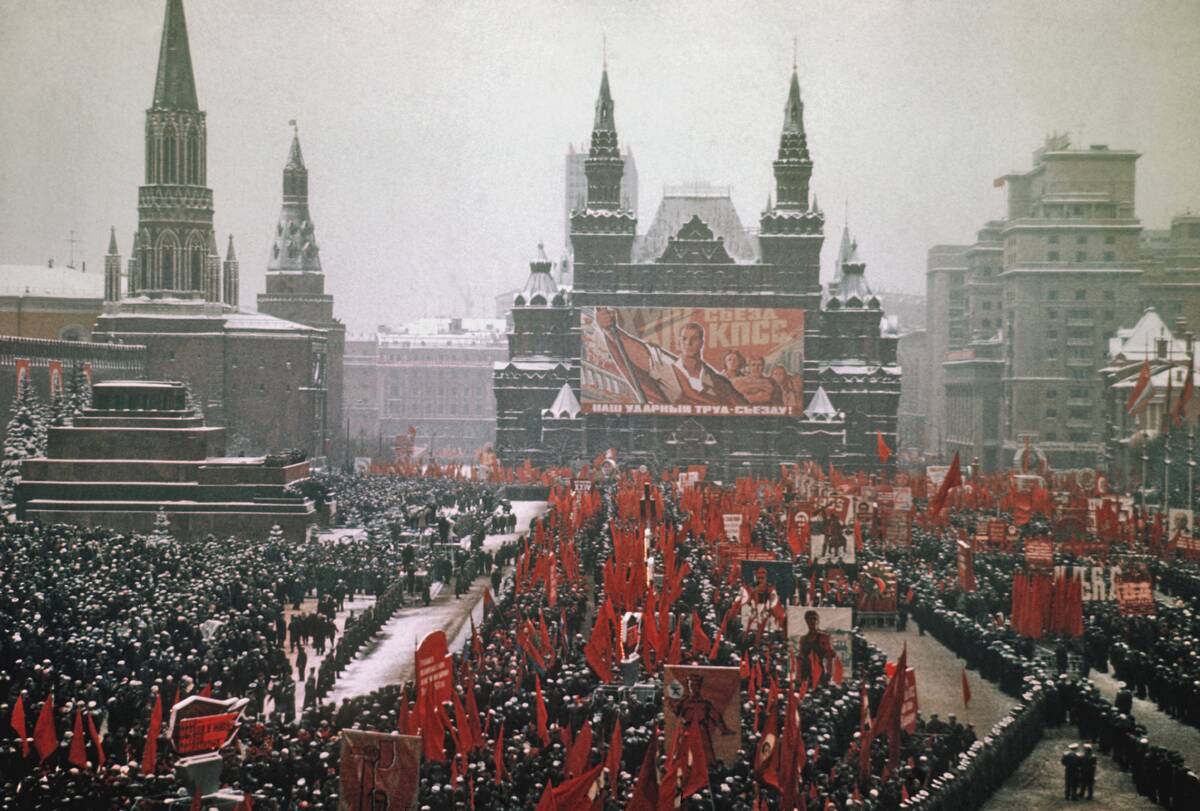
After the 1917 October Revolution, Lenin established the Workers’ and Peasants’ Red Army. Shortened to the Red Army, this army and air force later joined with the navy to fight in World War II.
What were the Bolshevik secret police called?
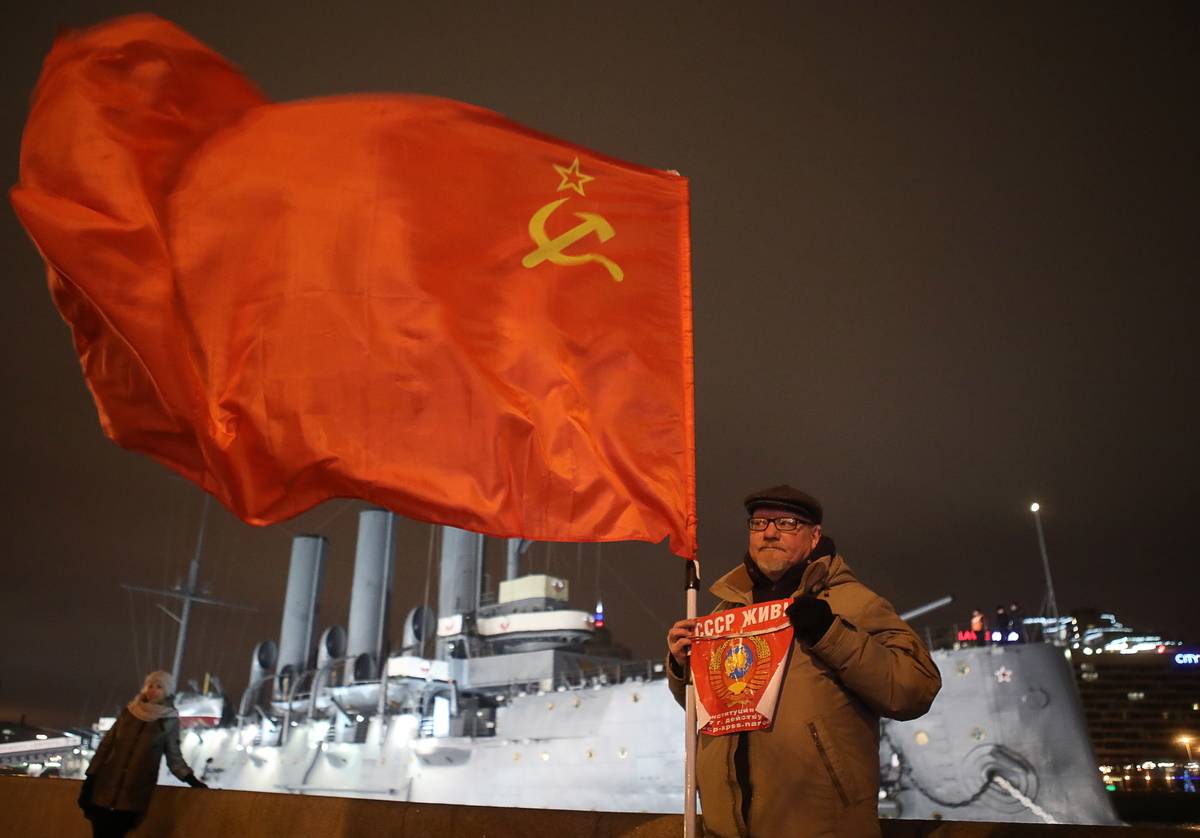
A. The White Terror
B. The Red Terror
C. The Cheka
D. Gulags
Answer: The Cheka
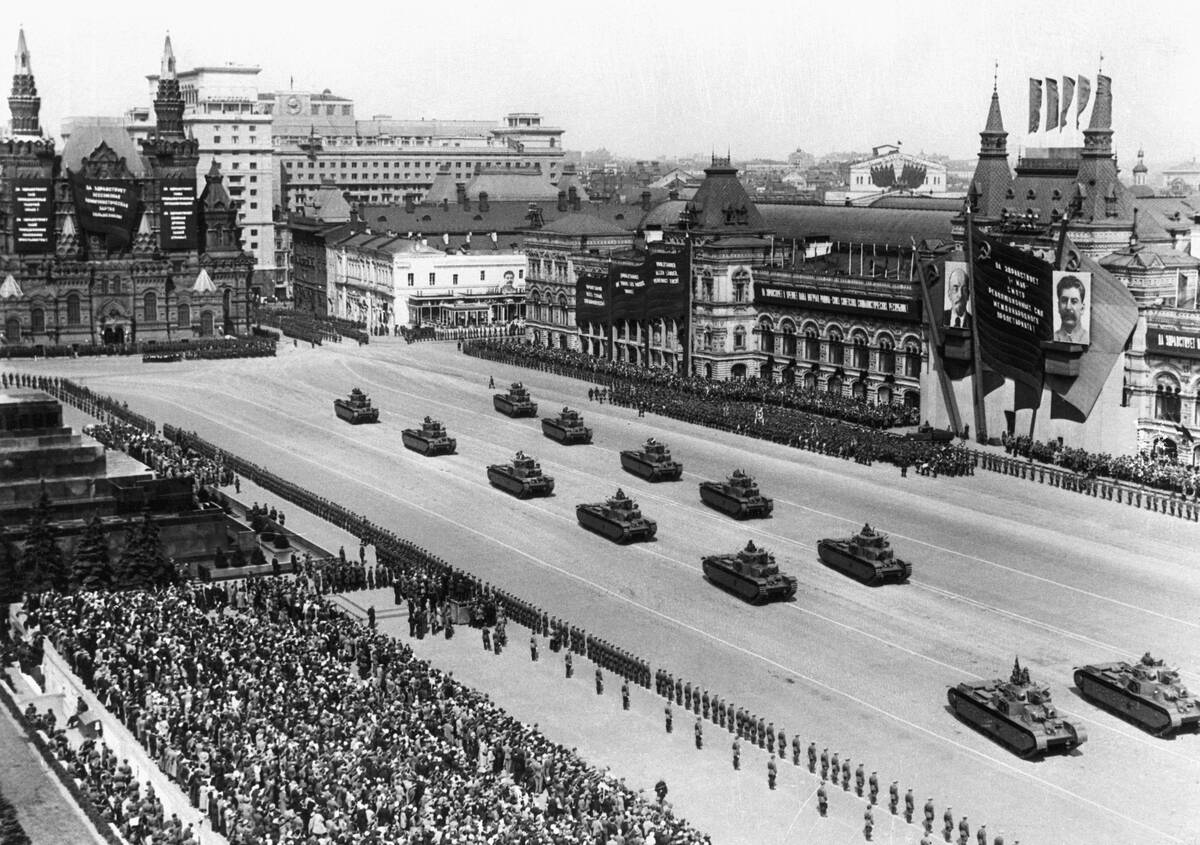
The Cheka, the Bolshevik secret police, enforced the political regime during the Red Terror. They carried out mass executions against people who supported Czar Nicholas II. They ran labor camps, food requisitions, and arrests.
Which Soviet leader enacted De-Stalinization?
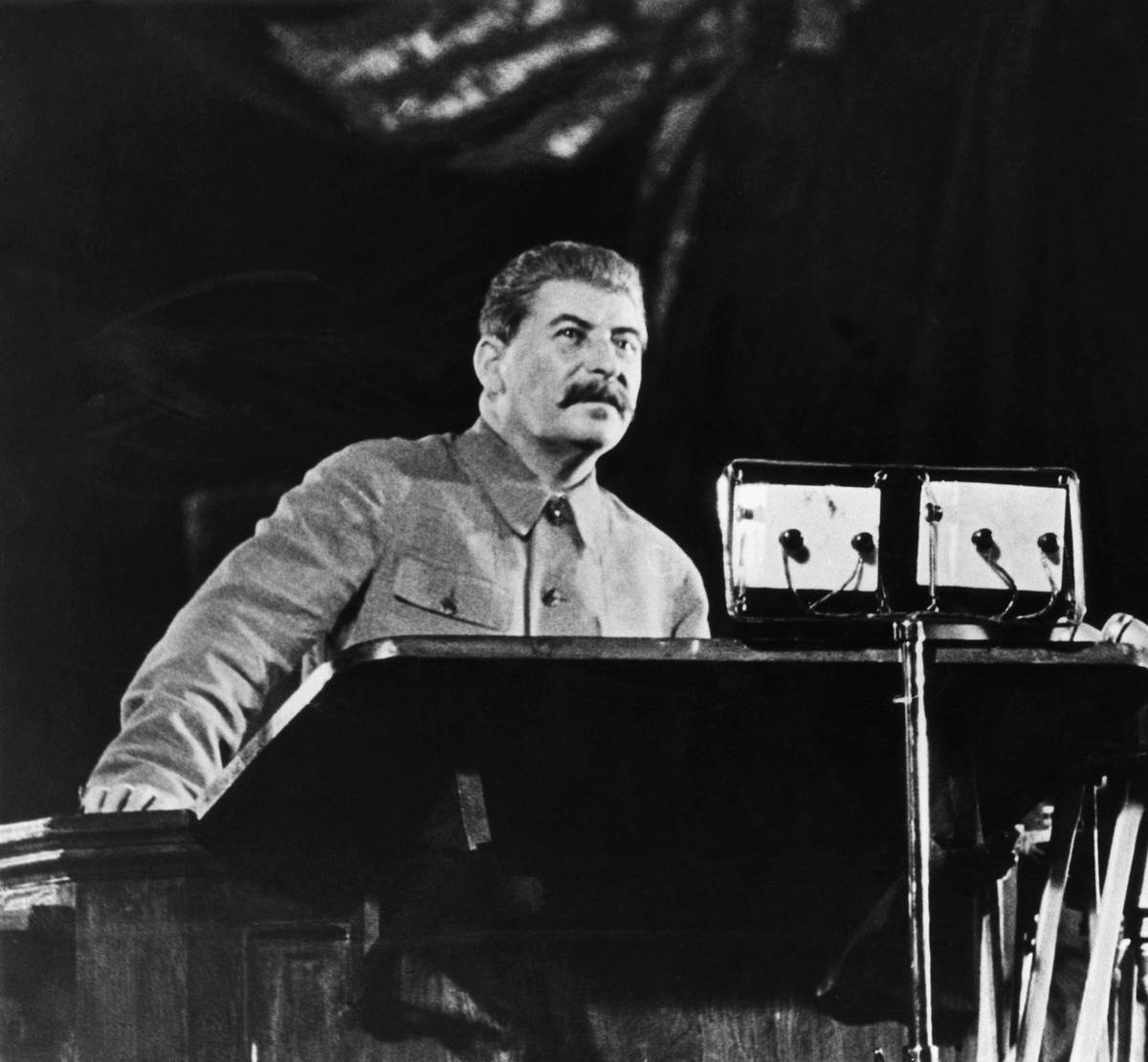
A. Yuri Andropov
B. Leonid Brezhnev
C. Georgy Malenkov
D. Nikita Khrushchev
Answer: Nikita Khrushchev
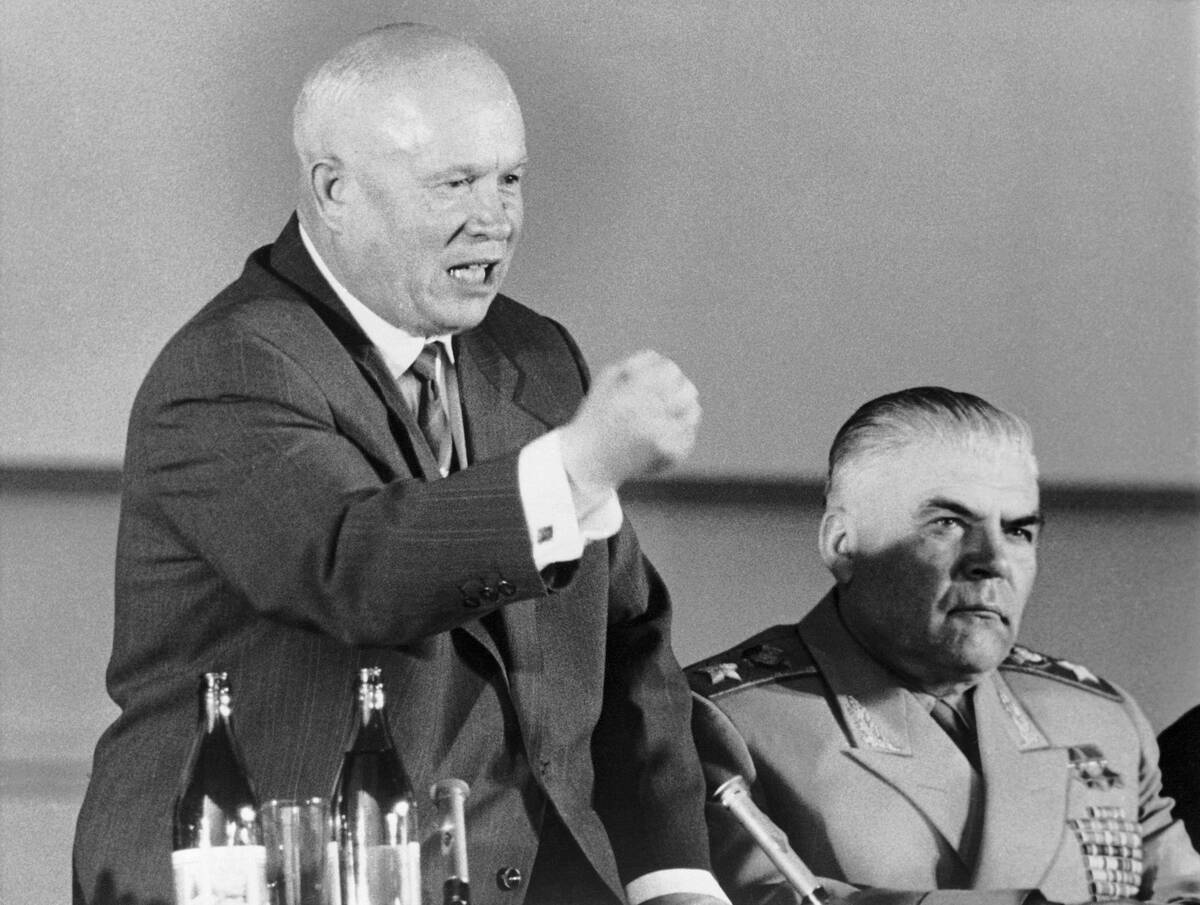
Nikita Khrushchev was once a loyal Stalinist. But in 1956, he gave a long speech about how he disapproved of the Stalinist regime. He then tried to reverse many of Stalin’s policies, such as increasing agriculture, releasing political prisoners, and reducing the secret police.
Who was the first Soviet astronaut to enter space?
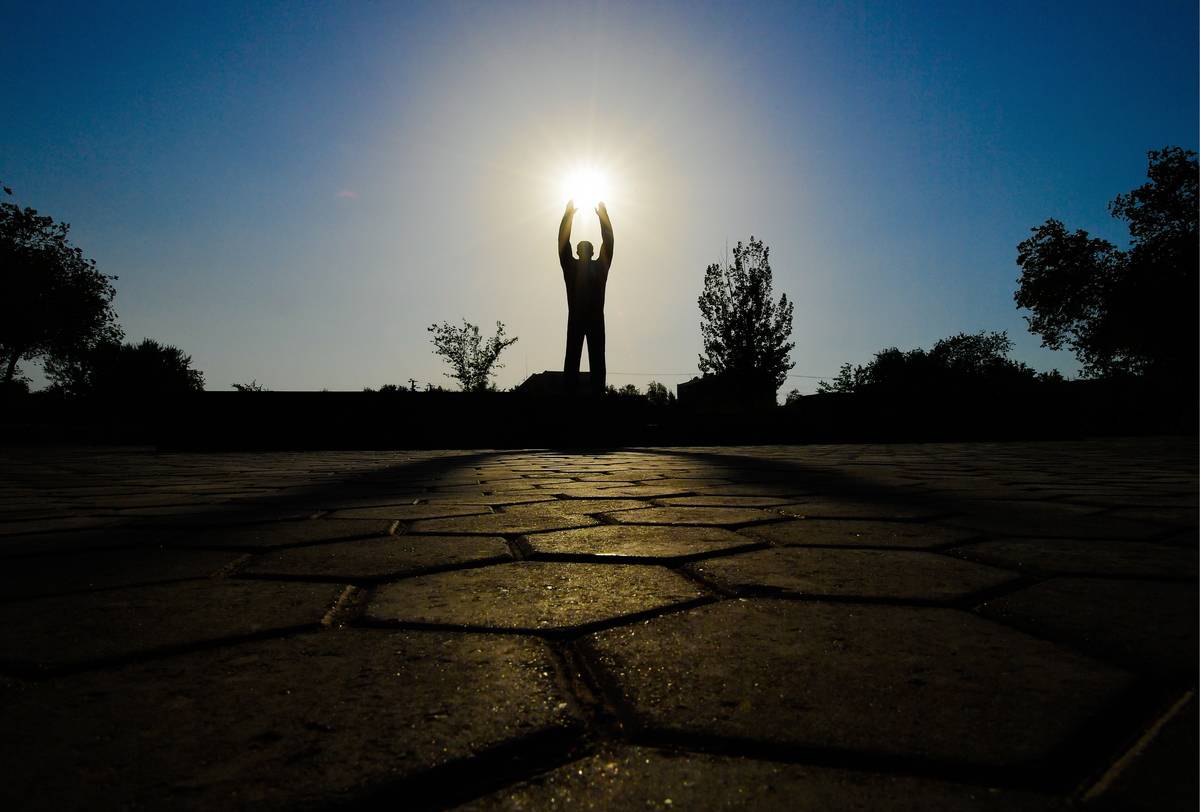
A. Pavel Popovich
B. Andriyan Nikolayev
C. Yuri Gagarin
D. Gherman Titov
Answer: Yuri Gagarin
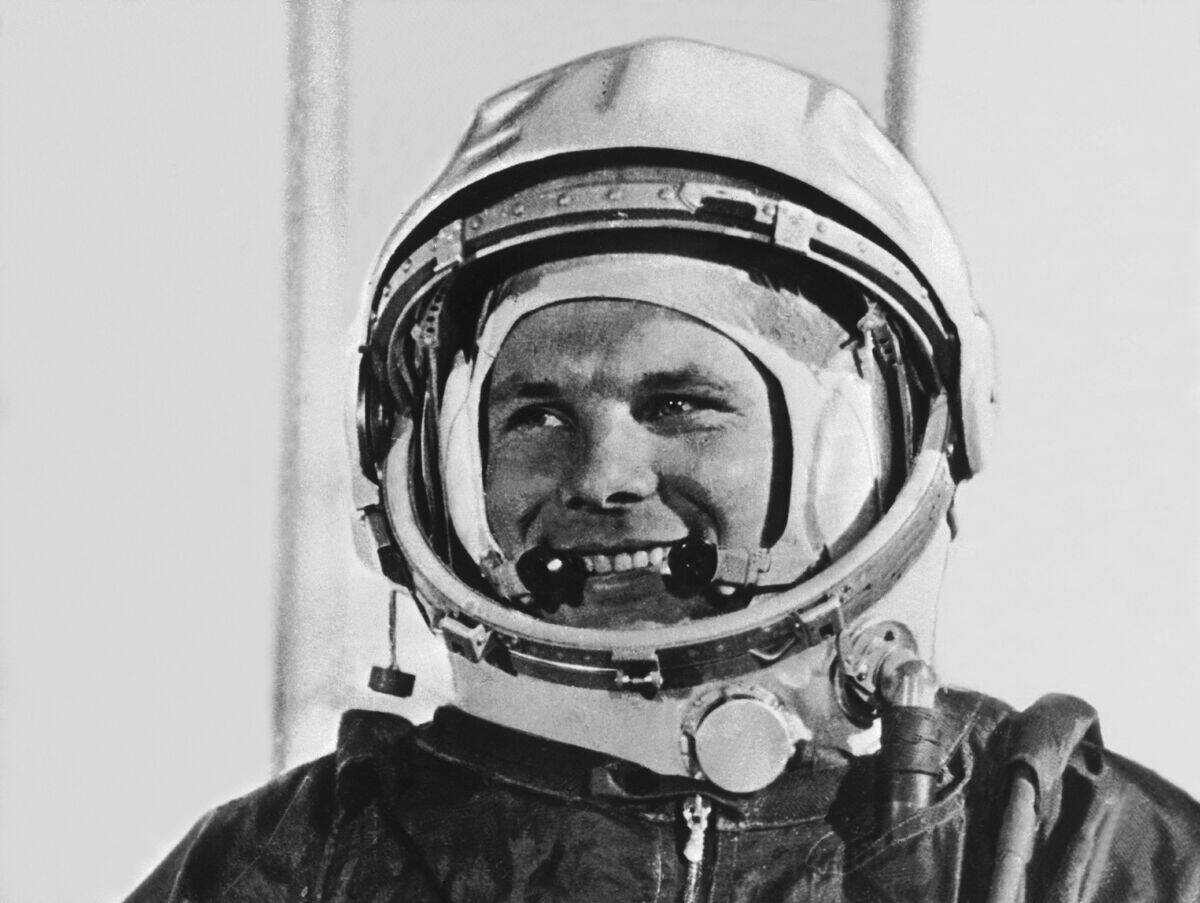
Along with launching the first satellite, the Soviets also sent the first person into space. In 1961, Yuri Gagarin completed one orbit around the earth in Vostok 1. He became a celebrity in the USSR, receiving the country’s highest honor, the Hero of the Soviet Union award.
Between 1928 and 1940, how did agriculture change in Soviet Russia?
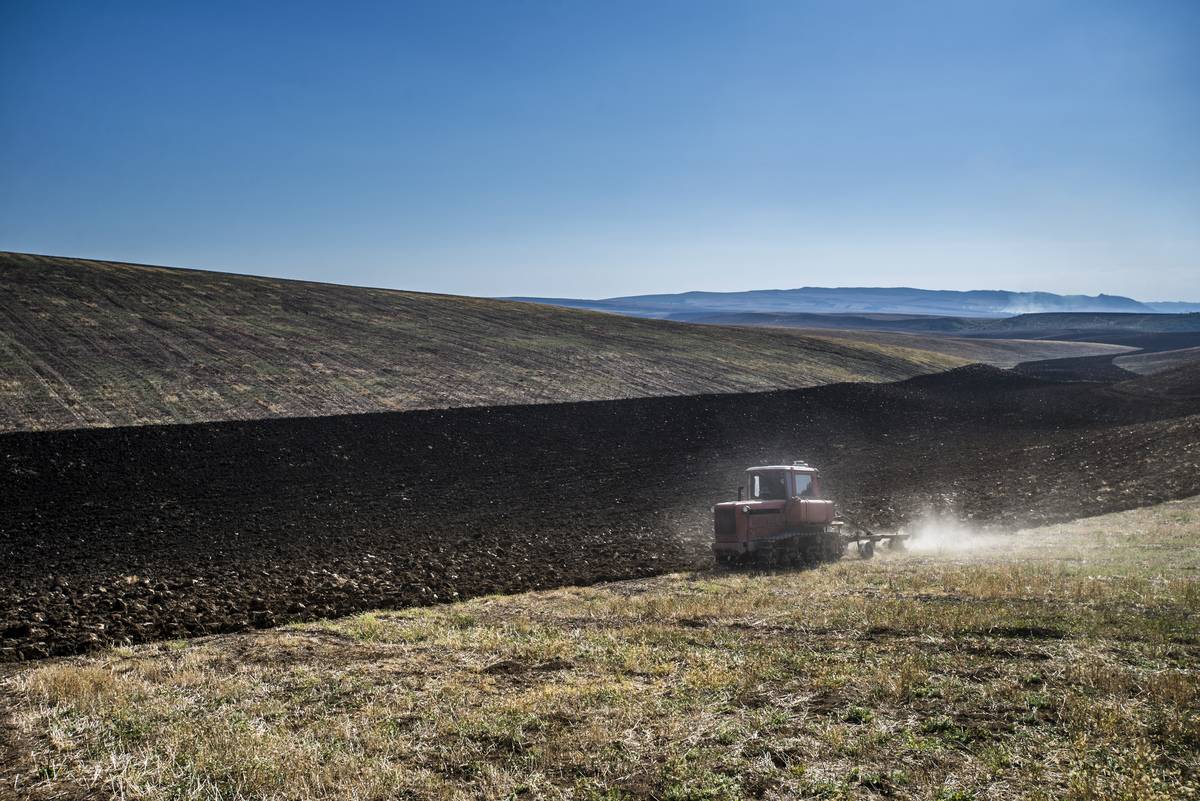
A. Farmers had to work on military bases
B. Farmers worked on collective land
C. Farms were transformed into factories
D. Farmers didn’t have to work for the military
Answer: Farmers worked on collective land
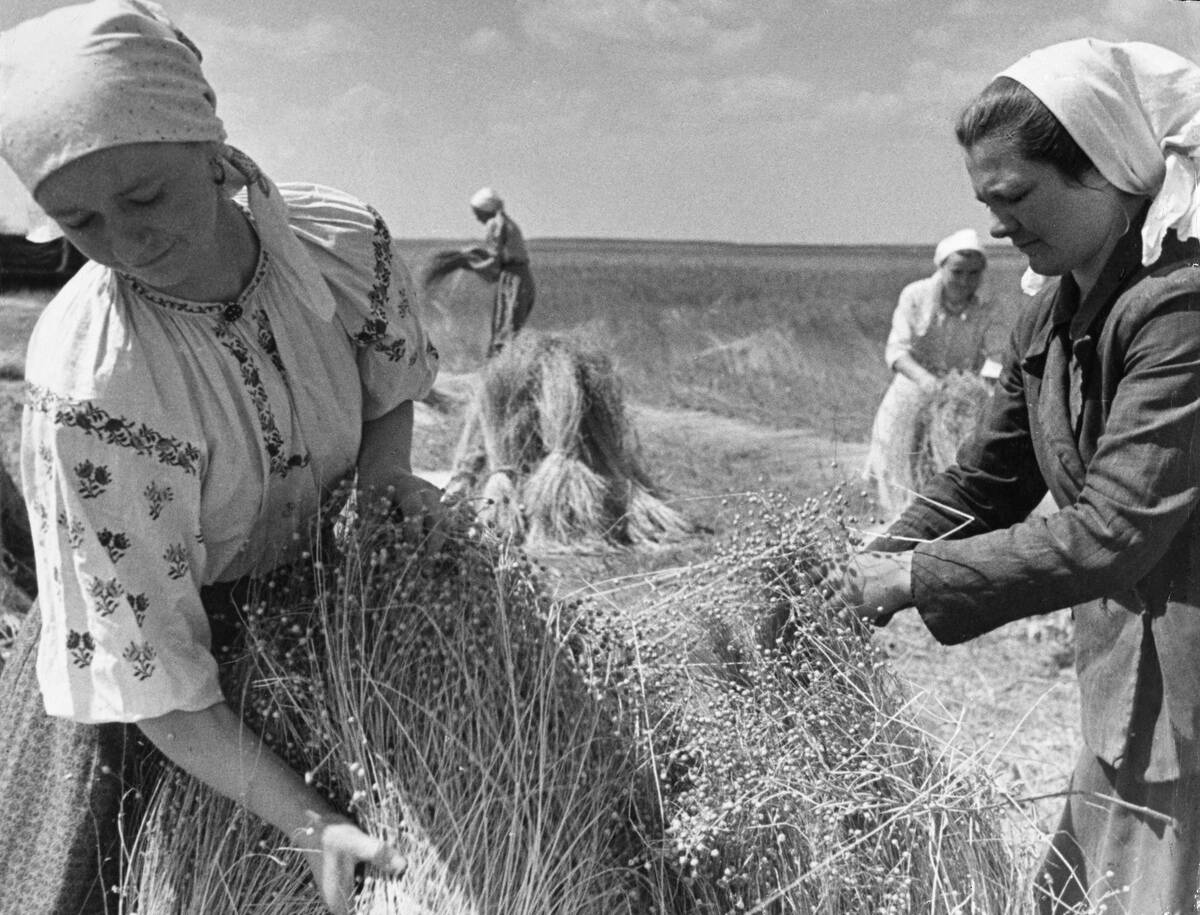
Stalin changed the agricultural system to “kolkhoz,” a system of collective farms. Farmers switched from independent land to working on large, government-owned plots. Officials believed that collectivization would increase productivity; it didn’t.
How did the Bolsheviks approach religion?

A. They teamed up with the church during the October Revolution
B. They established more churches and funded them
C. They bribed church leaders to support their views
D. They confiscated Russian Orthodox churches
Answer: They confiscated Russian Orthodox churches
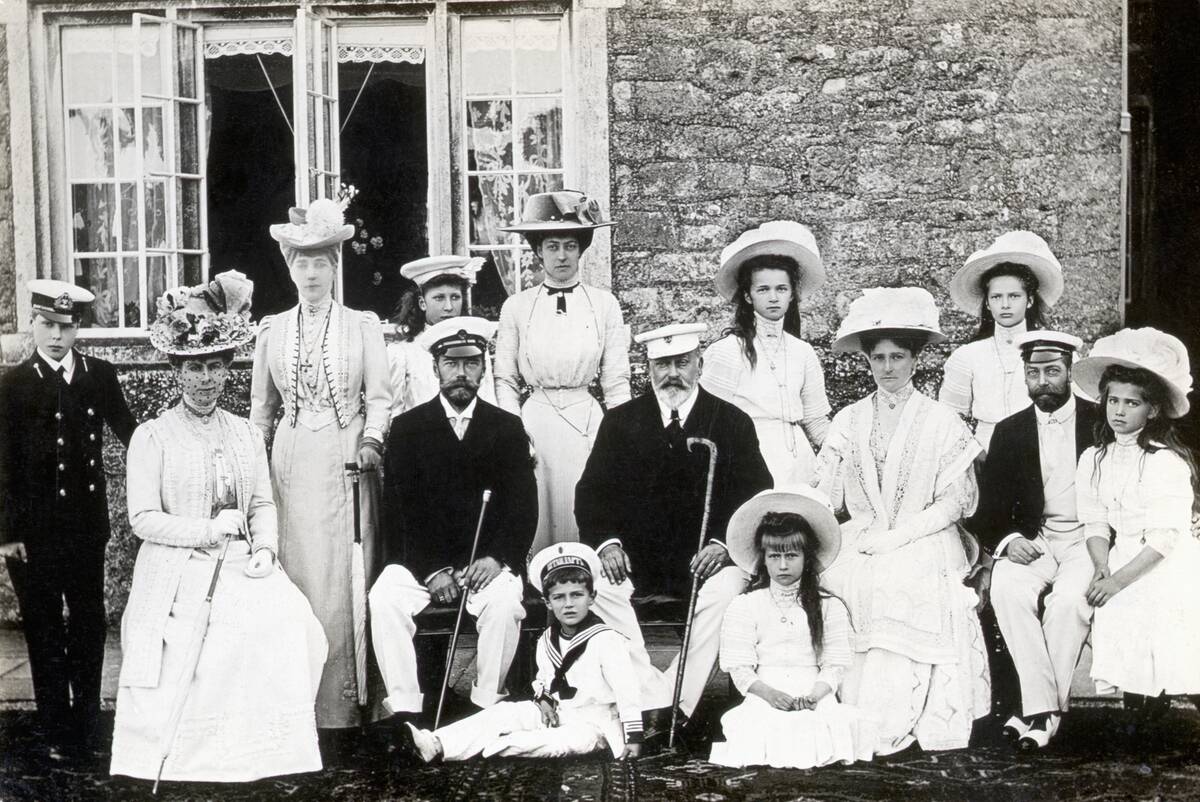
The Bolsheviks confiscated many churches and monasteries for their own uses. During the civil war, the leader of the Russian Orthodox church chose not to pick a side. The Bolsheviks portrayed them as supporting the White Army, which gave them a reason to remove religious rights.
By the time World War II began, the USSR had already made peace with which of these?
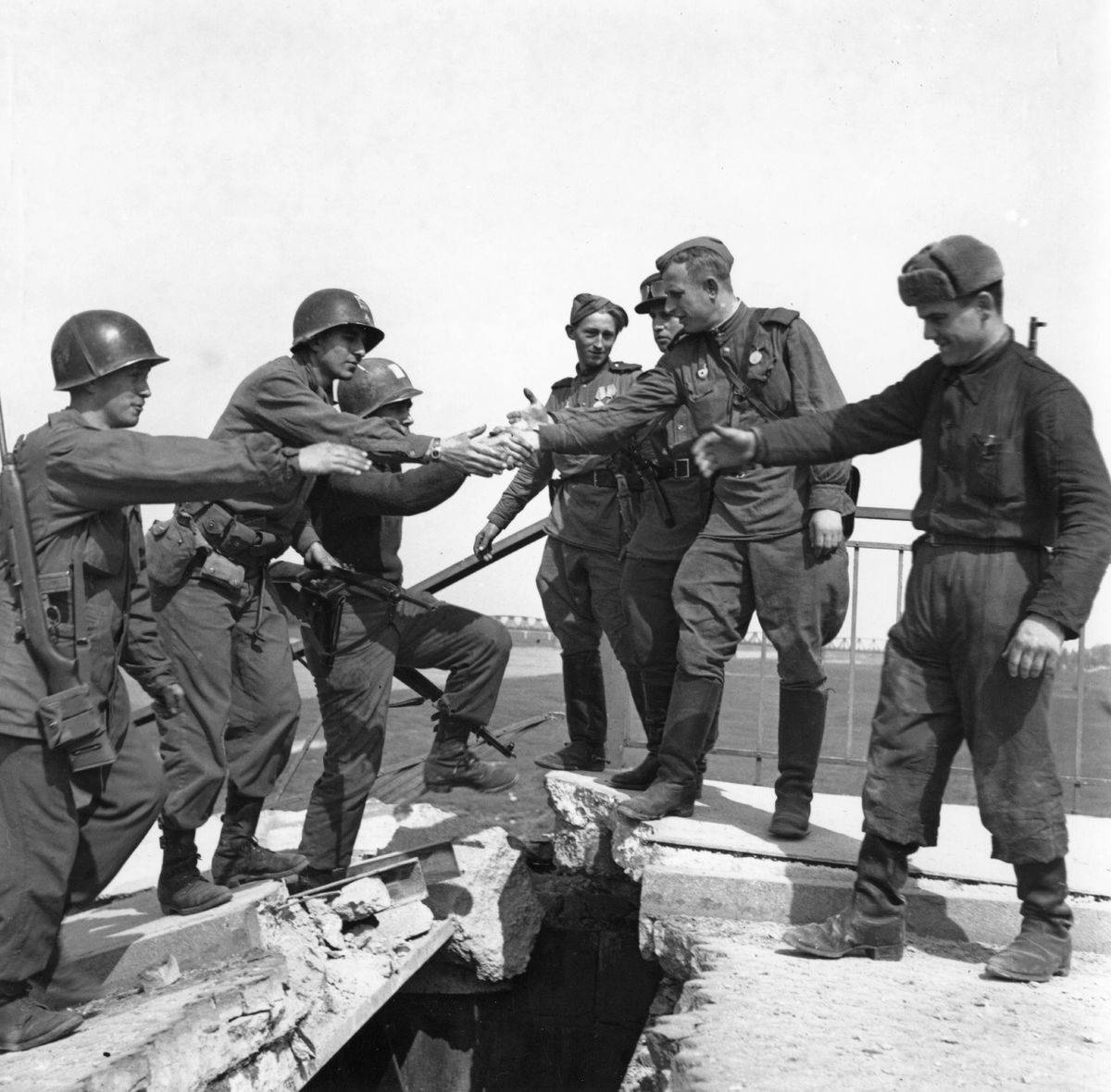
A. Germany.
B. China.
C. Britain.
D. Japan.
Answer: Germany.
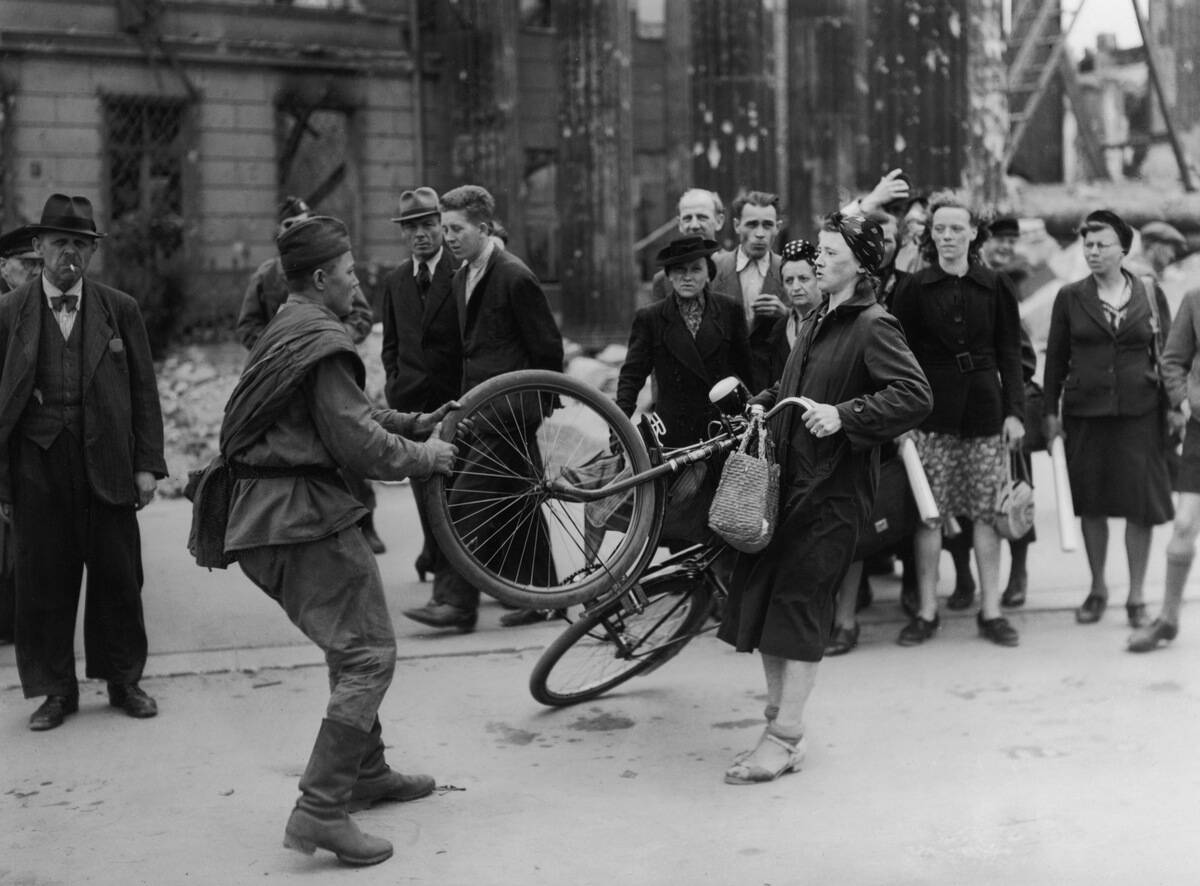
In August 1939, the USSR signed a “non-aggression” pact with Nazi Germany. The next month, Germany invaded Poland to kick-start World War II. However, Germany broke this pact when they invaded Russia in 1941.
During his reign, Joseph Stalin implemented forced labor camps. What were they called?
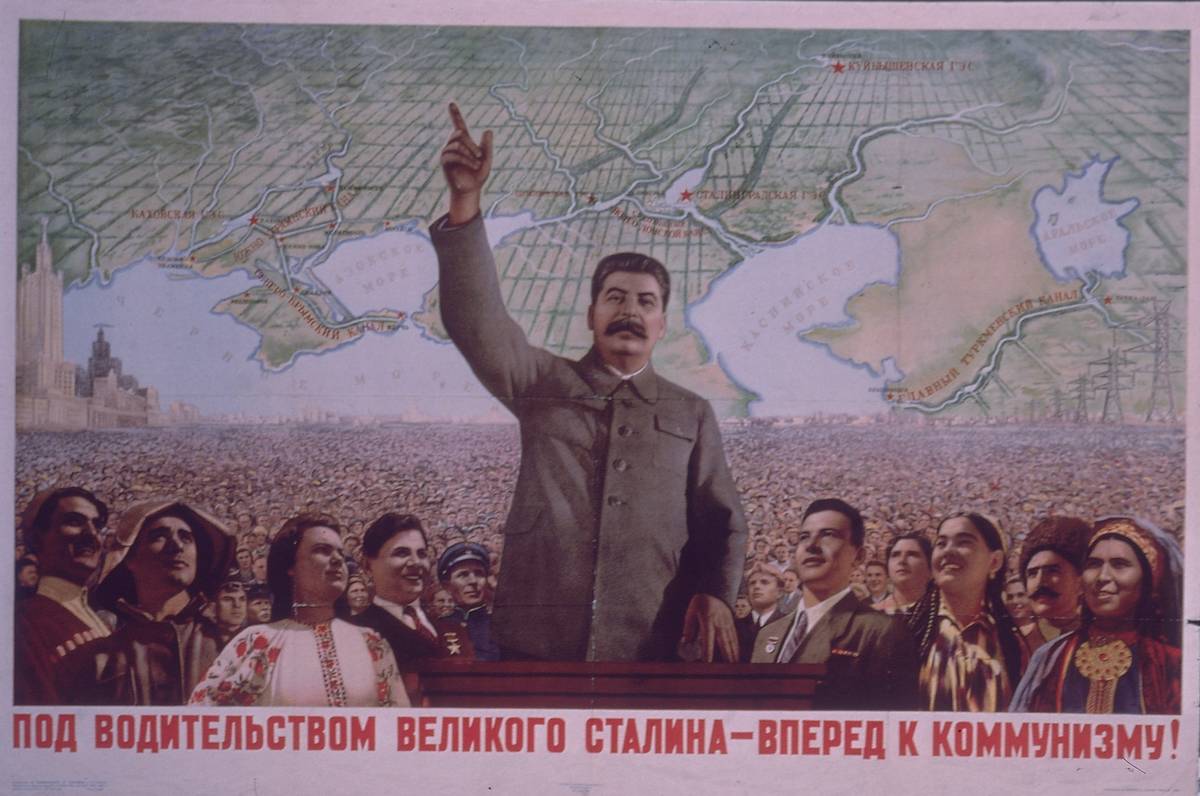
A. Gulag
B. Gagarin
C. Leningrad
D. Perestroika
Answer: Gulag
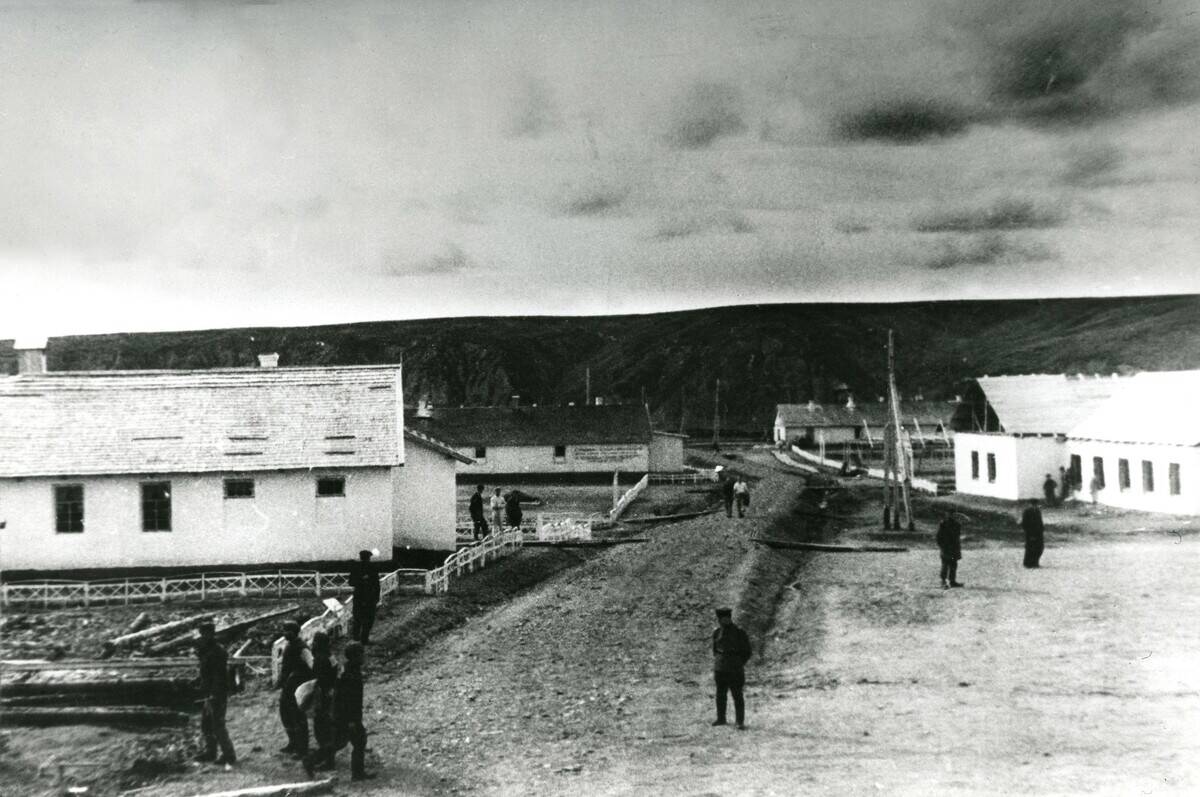
A gulag was a system of labor camps that incarcerated 18 million years in around 30 years. The word is shorthand for Glavnoe Upravlenie Lagerei, which means “Main Camp Administration.” Prisoners died from execution, starvation, or exhaustion from 14-hour workdays.
What was the highest governing body in the USSR?
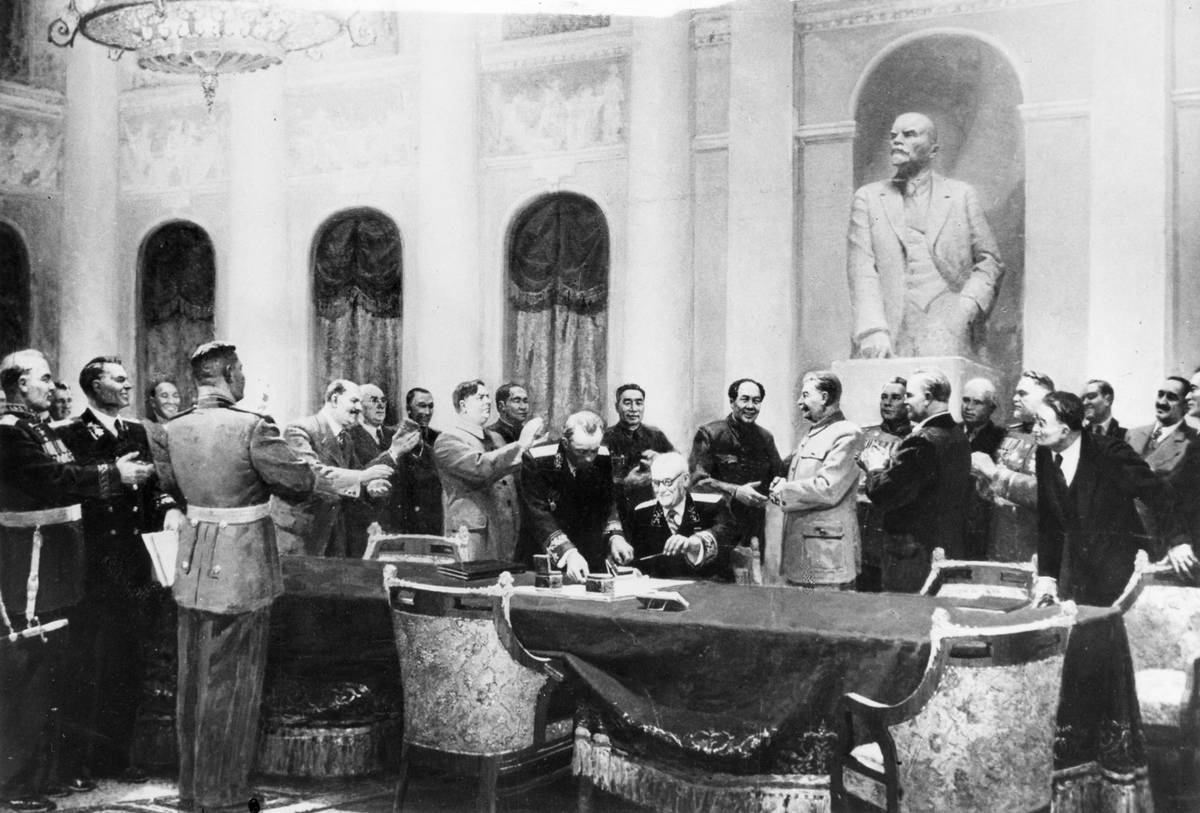
A. The Supreme Soviet
B. The Iron Curtain
C. The Kulaks
D. The New Union
Answer: The Supreme Soviet
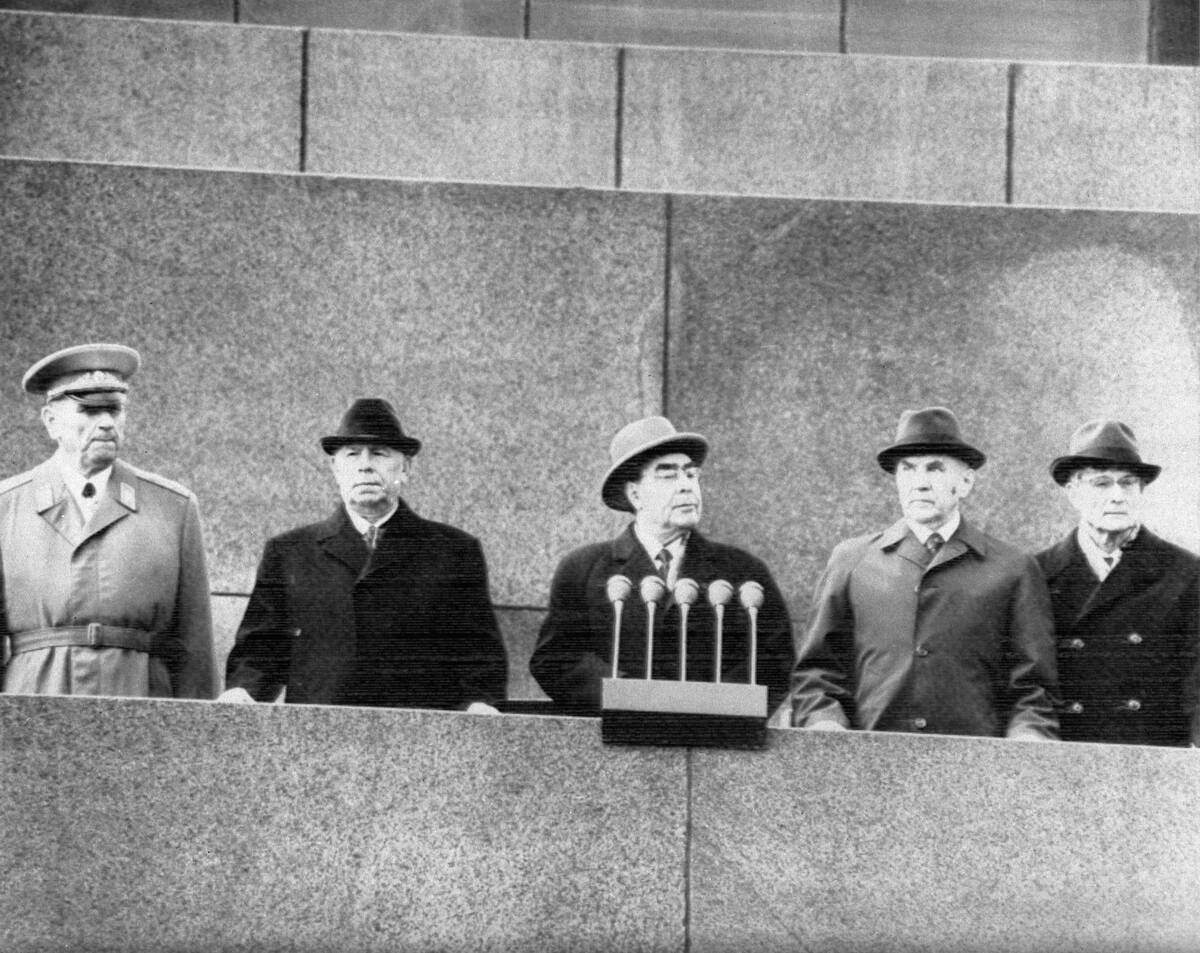
The highest legislative body in the USSR was the Supreme Soviet. This group elected the Presidium, the Soviet’s head of state. They also passed constitutional amendments and appointed leaders of government bodies like the Supreme Court.
After World War II, the Soviet Union sealed itself off from all non-Soviet nations with the

A. Spiritual Gate
B. Great Barrier
C. Berlin Wall
D. Iron Curtain
Answer: Iron Curtain
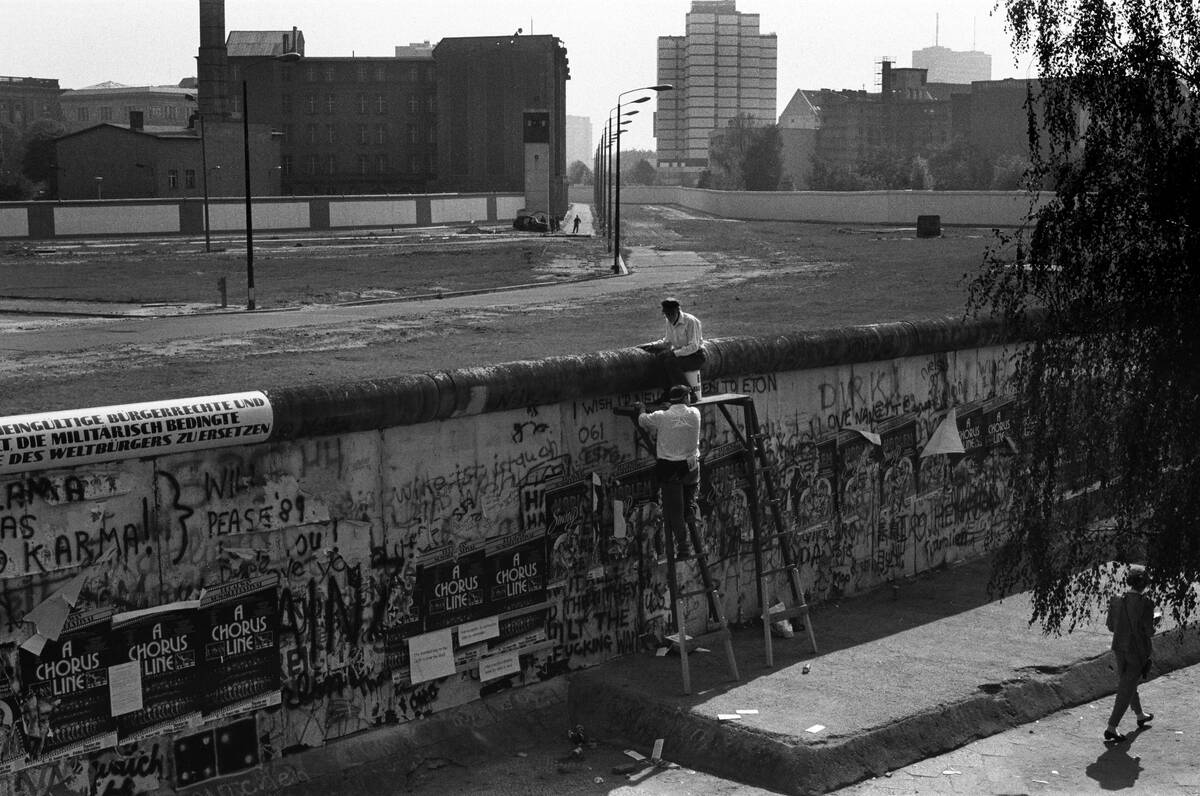
After World War II, the USSR created an ideological barrier called the Iron Curtain. Its purpose was to seal off the Soviet countries from non-communist nations, called “The West” back then.
What is Prague Spring?
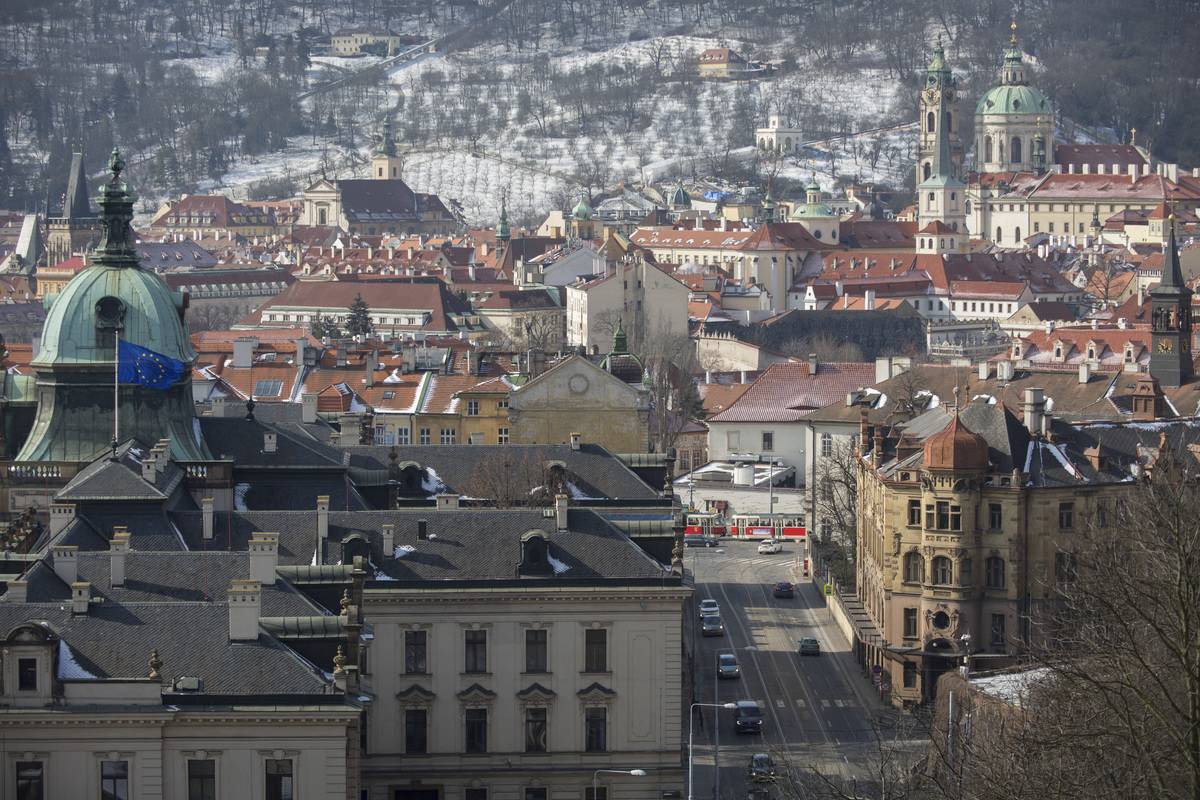
A. A Soviet reform of Russia’s education system
B. A period of liberalization for Soviet Czechoslovakia
C. Ukraine’s dissolution from the USSR
D. The dissolution of Czechoslovakia
Answer: A period of liberalization for Soviet Czechoslovakia
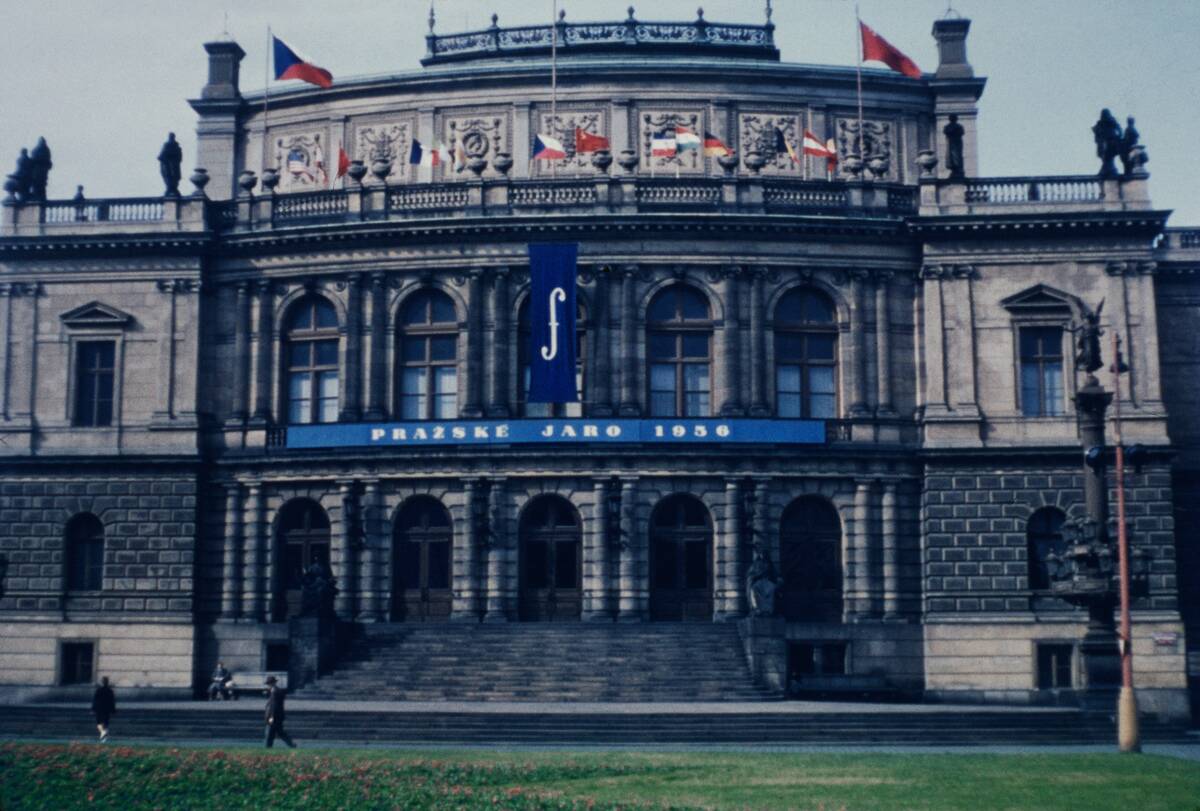
In 1968, Czechoslovakia leader Alexander Dubček allowed more freedom of expression, which he called Prague Spring. In response, many people protested the nation’s communist regime. USSR forces quickly intervened and ended Prague Spring.
